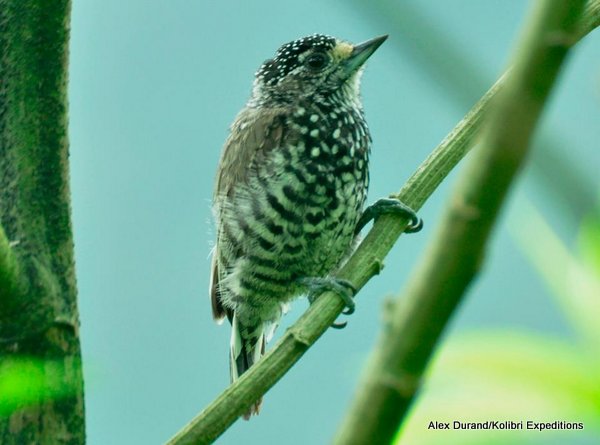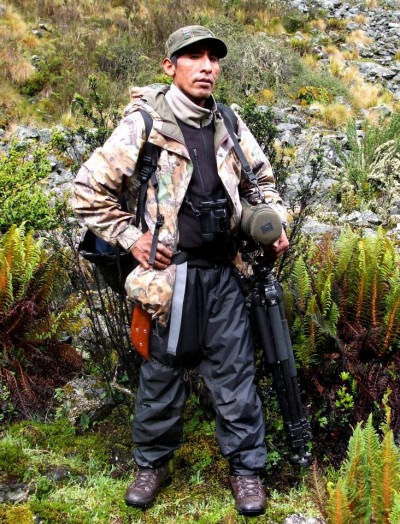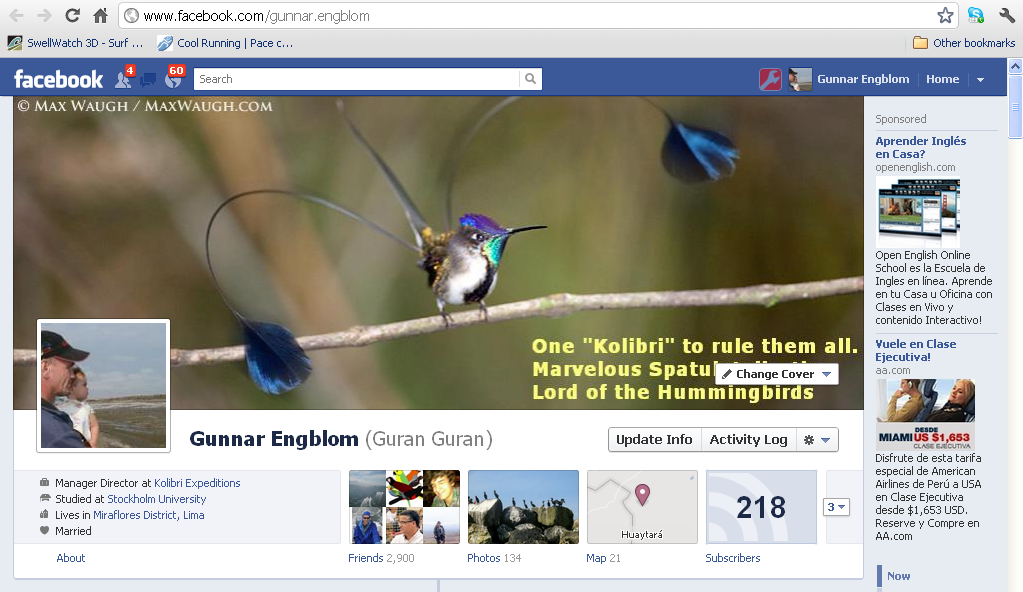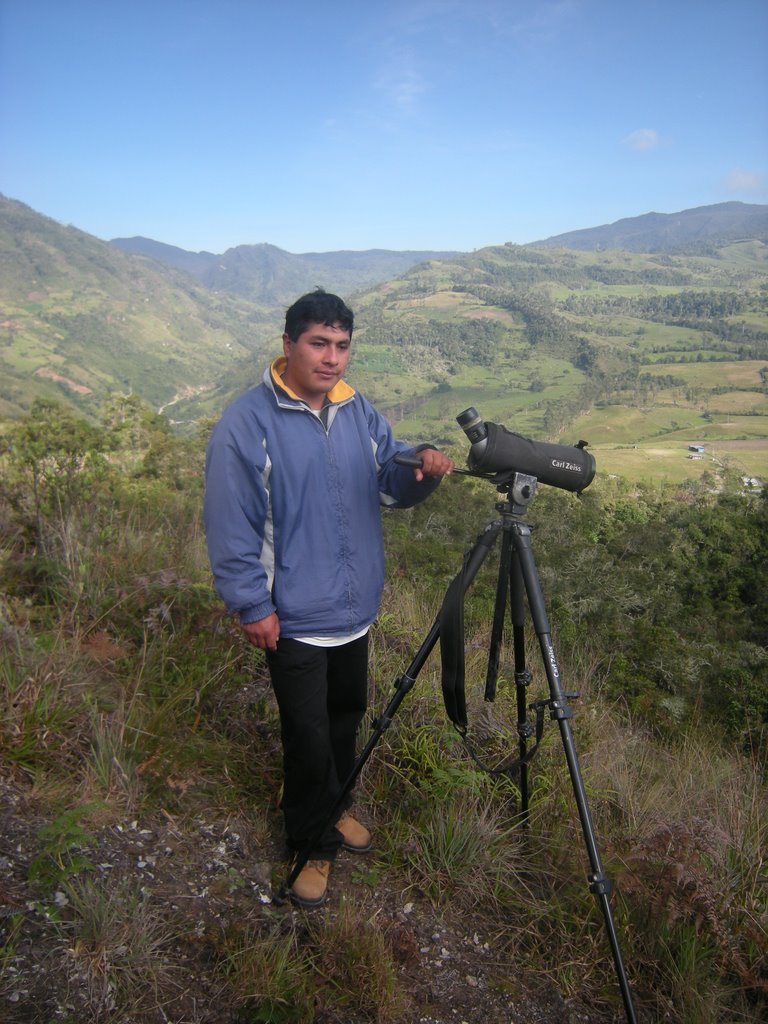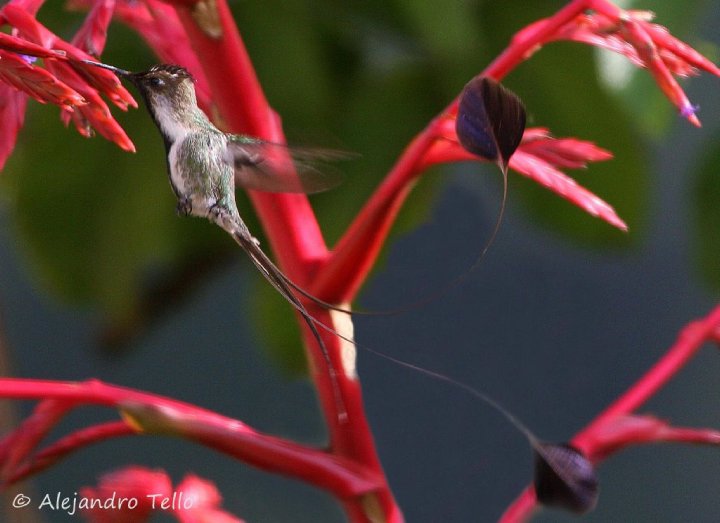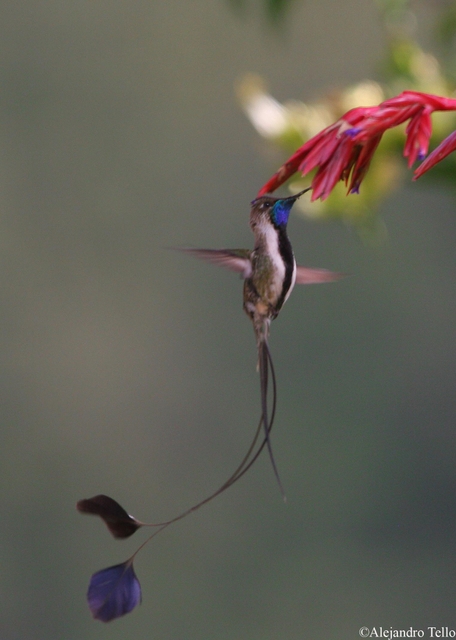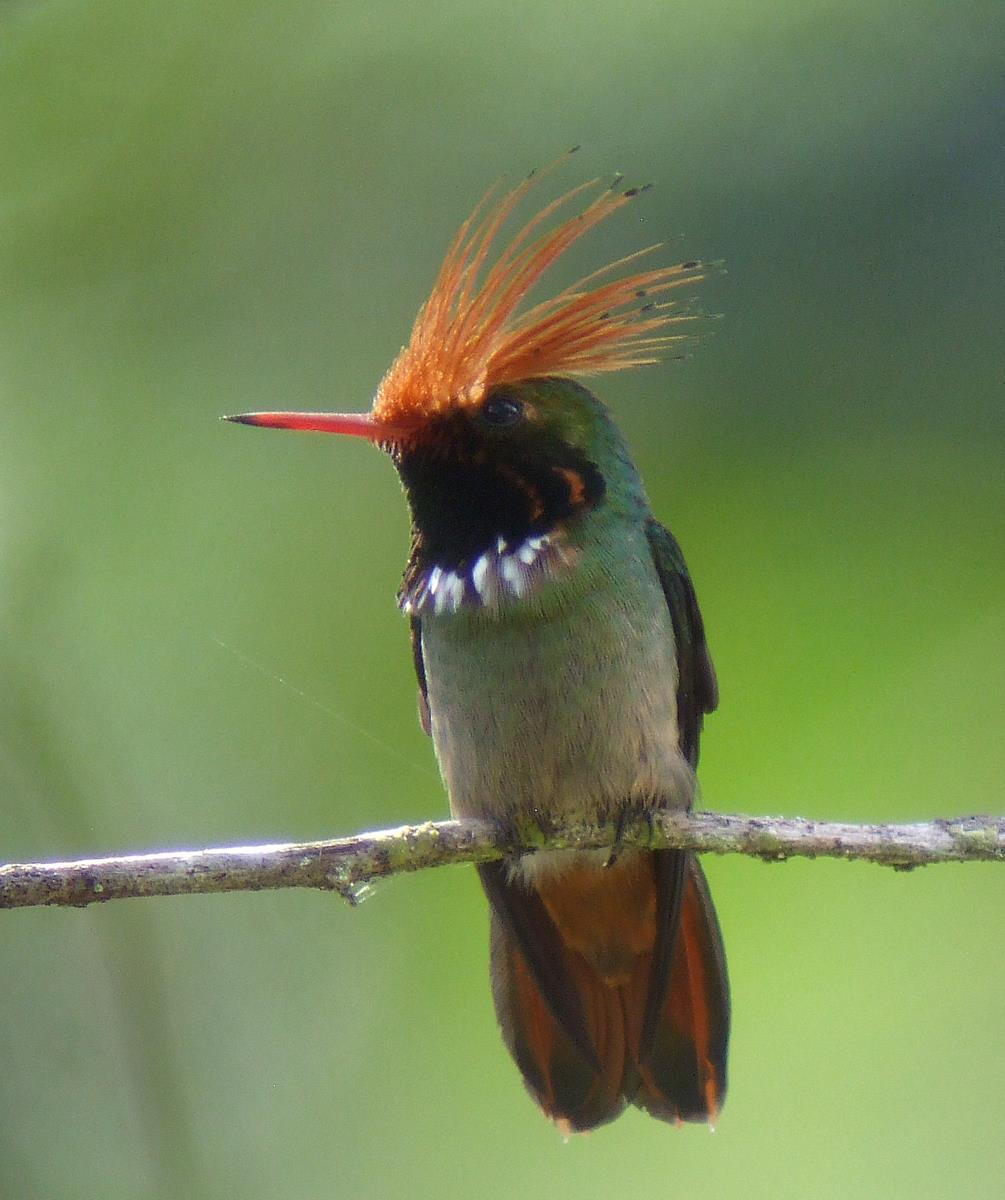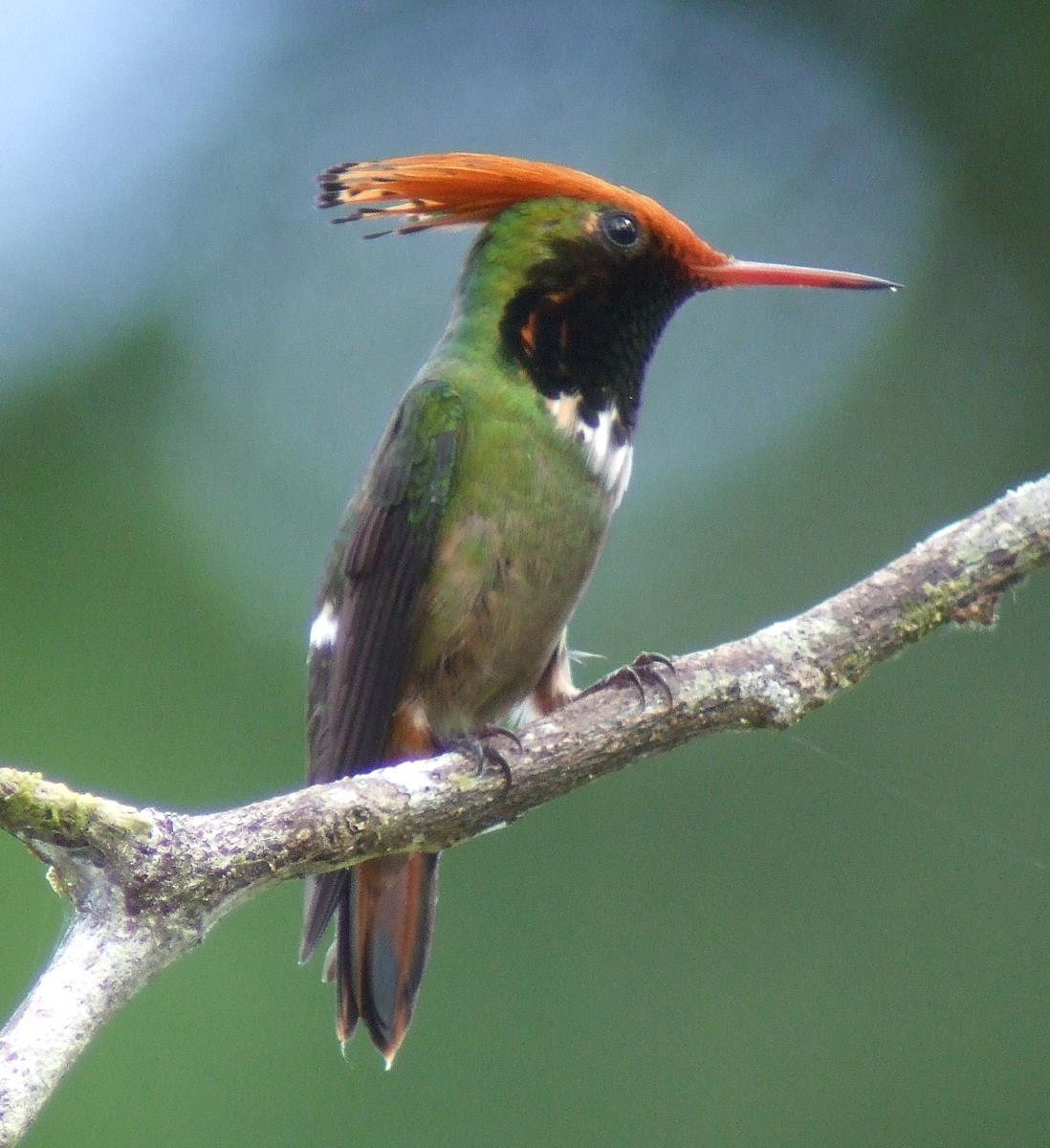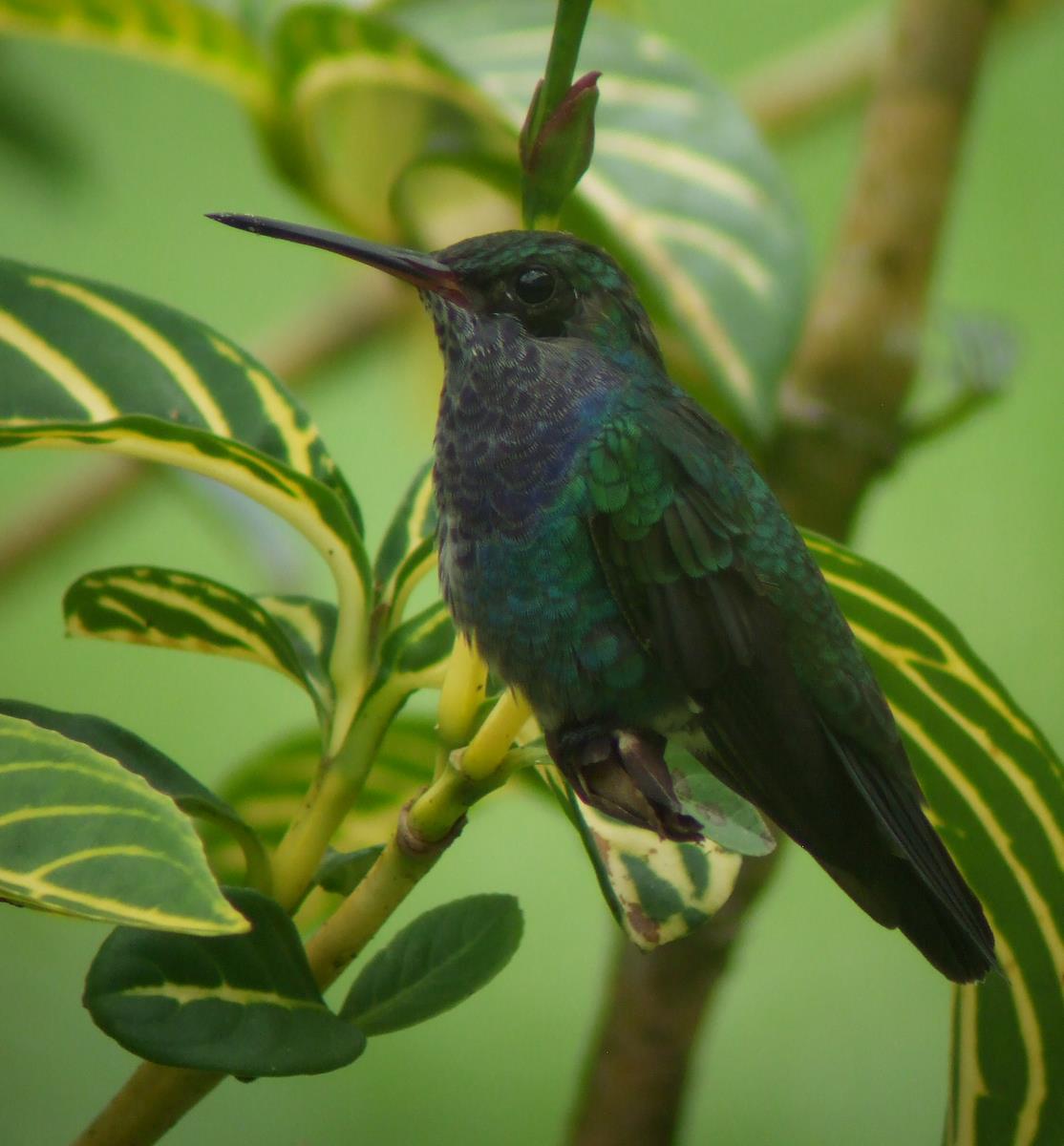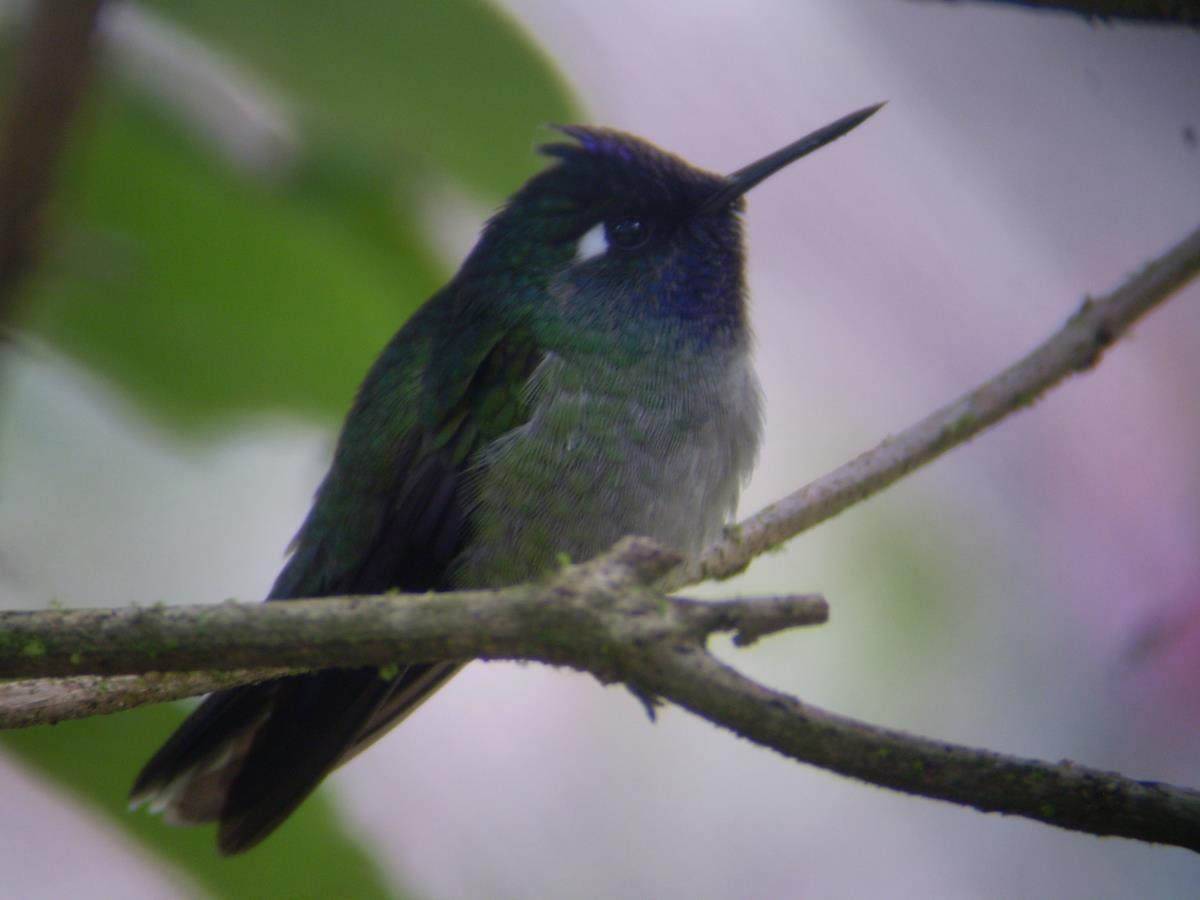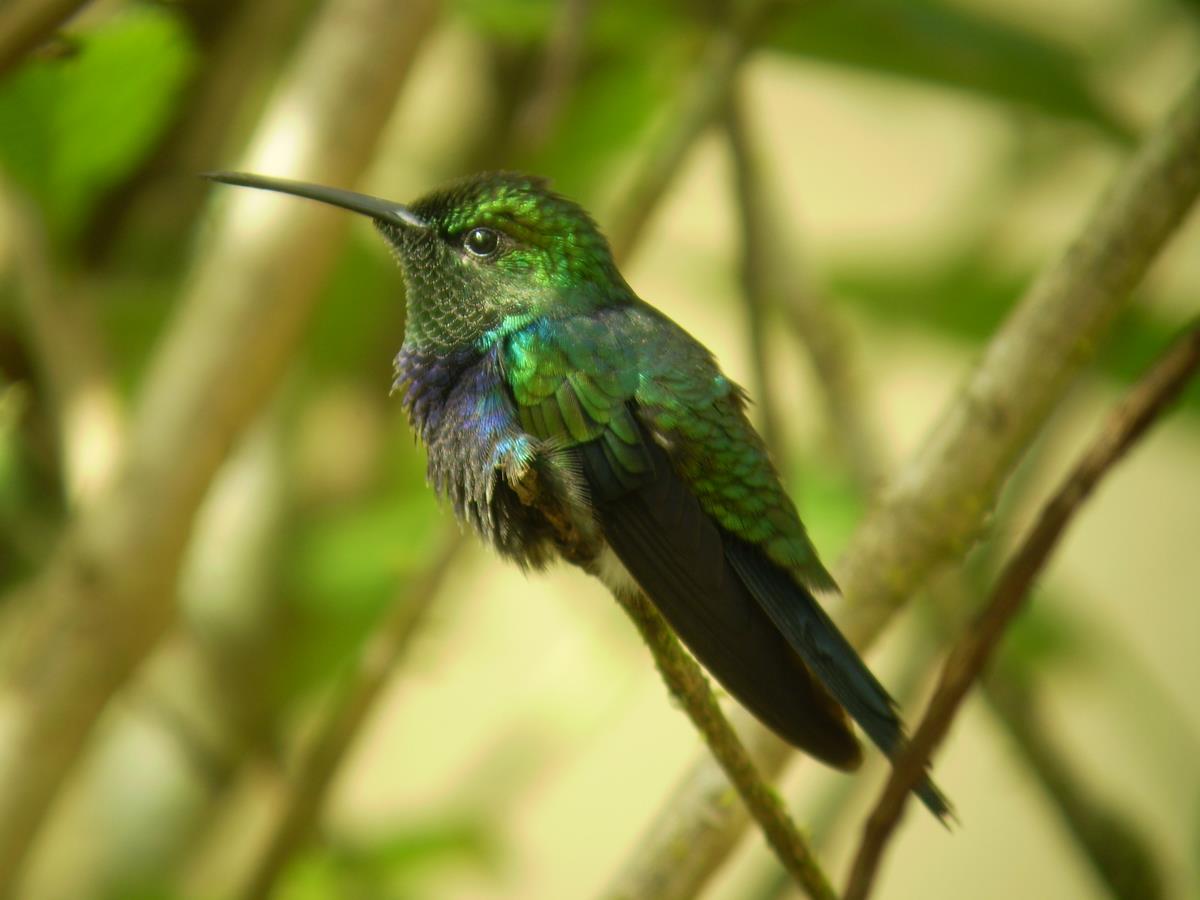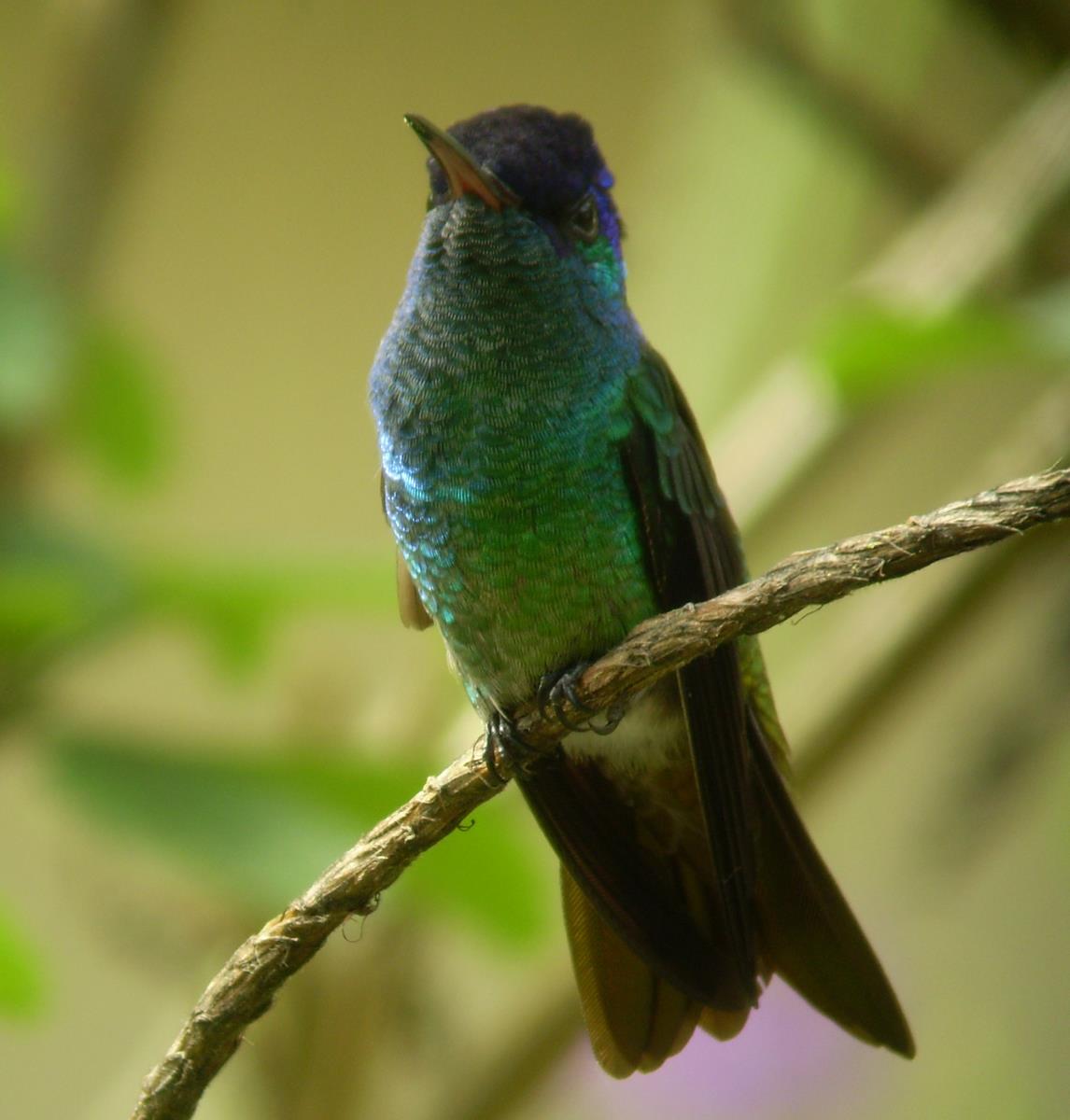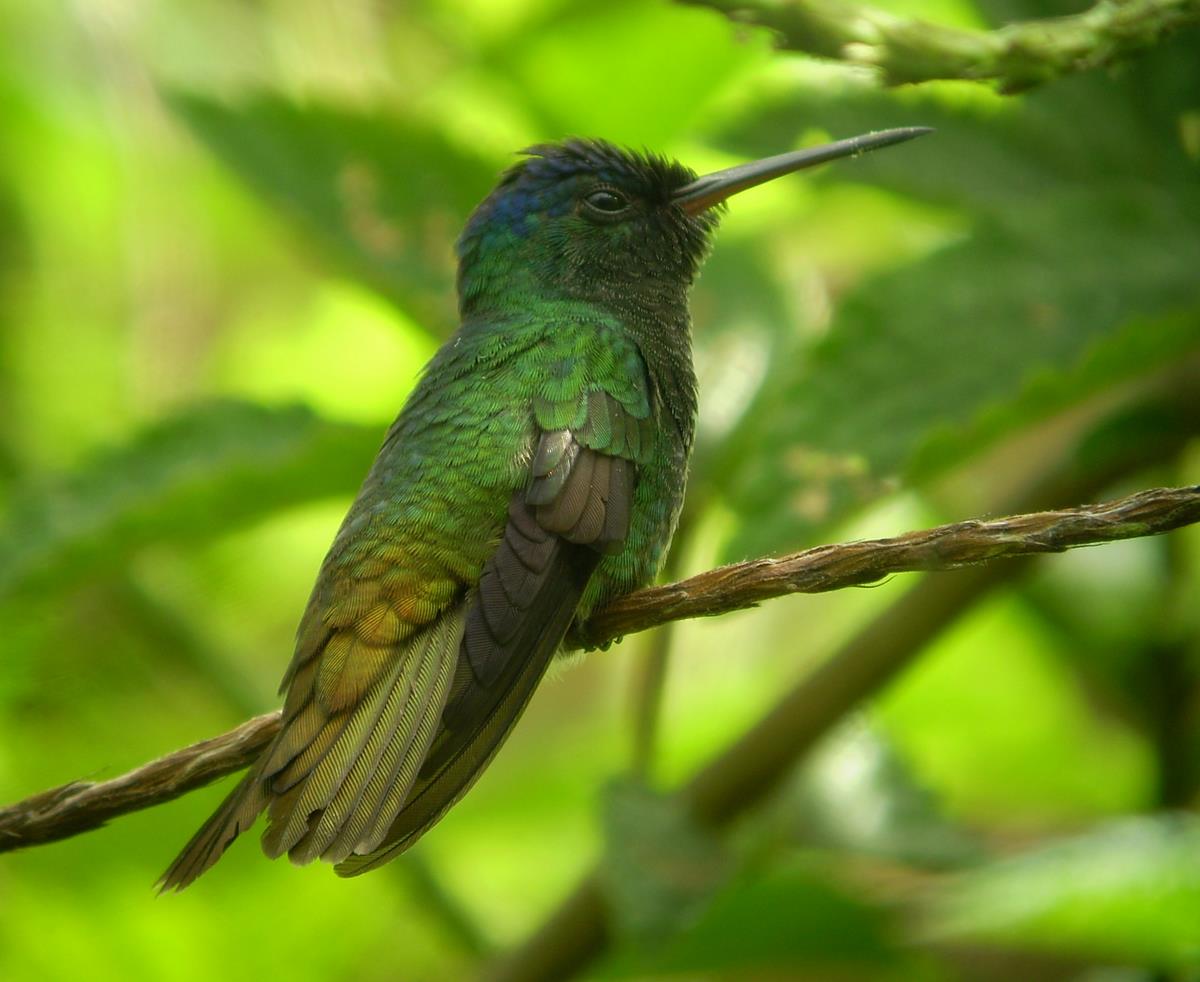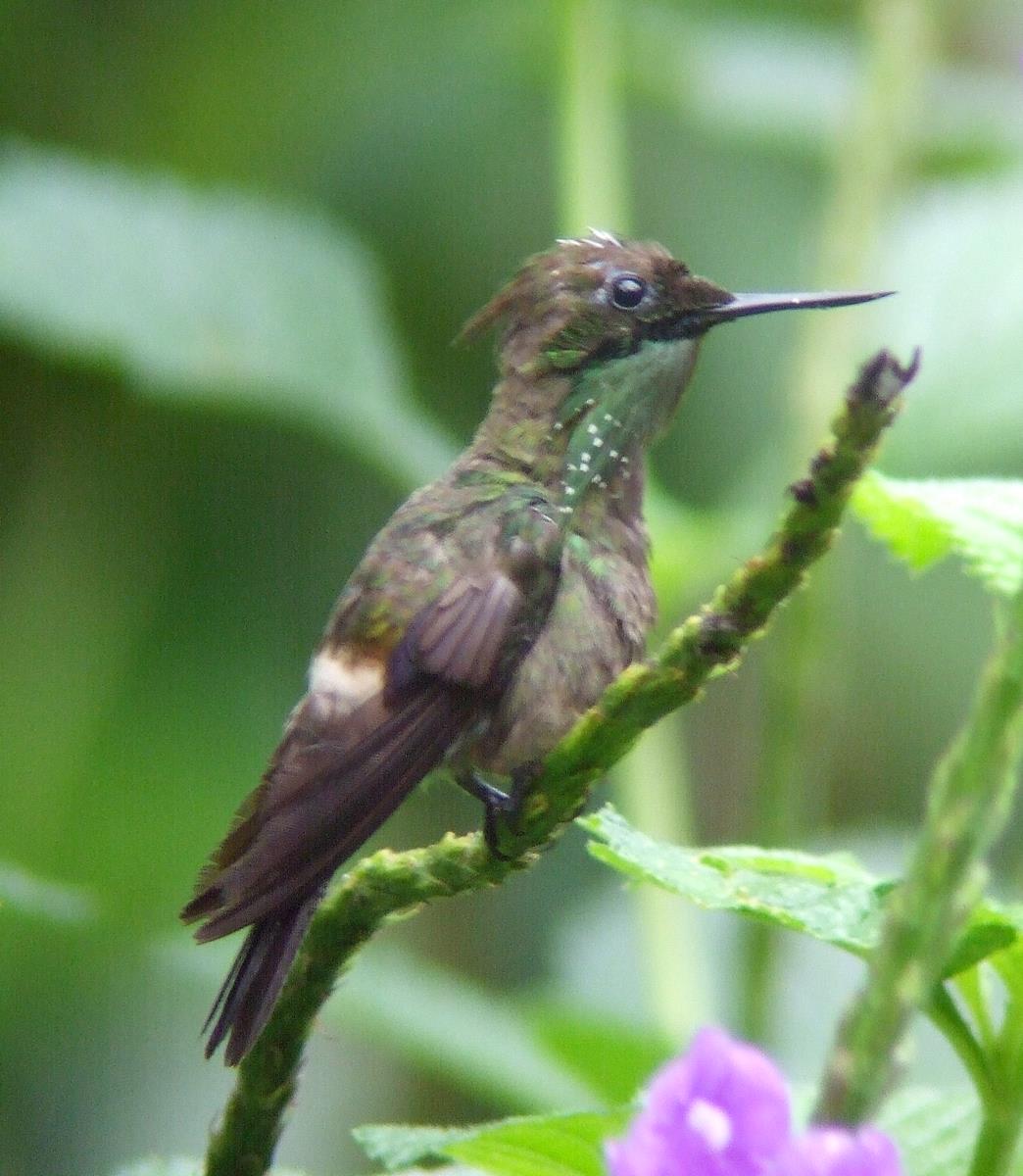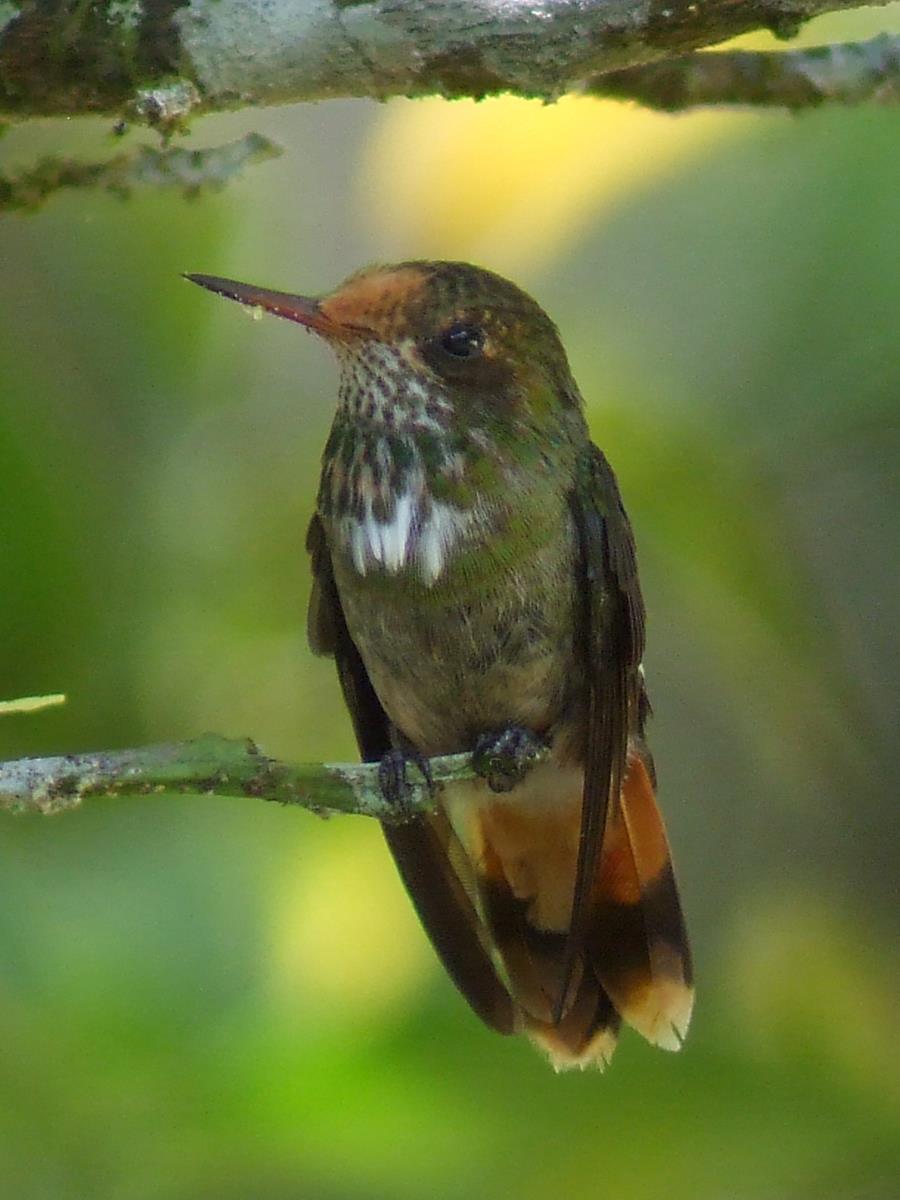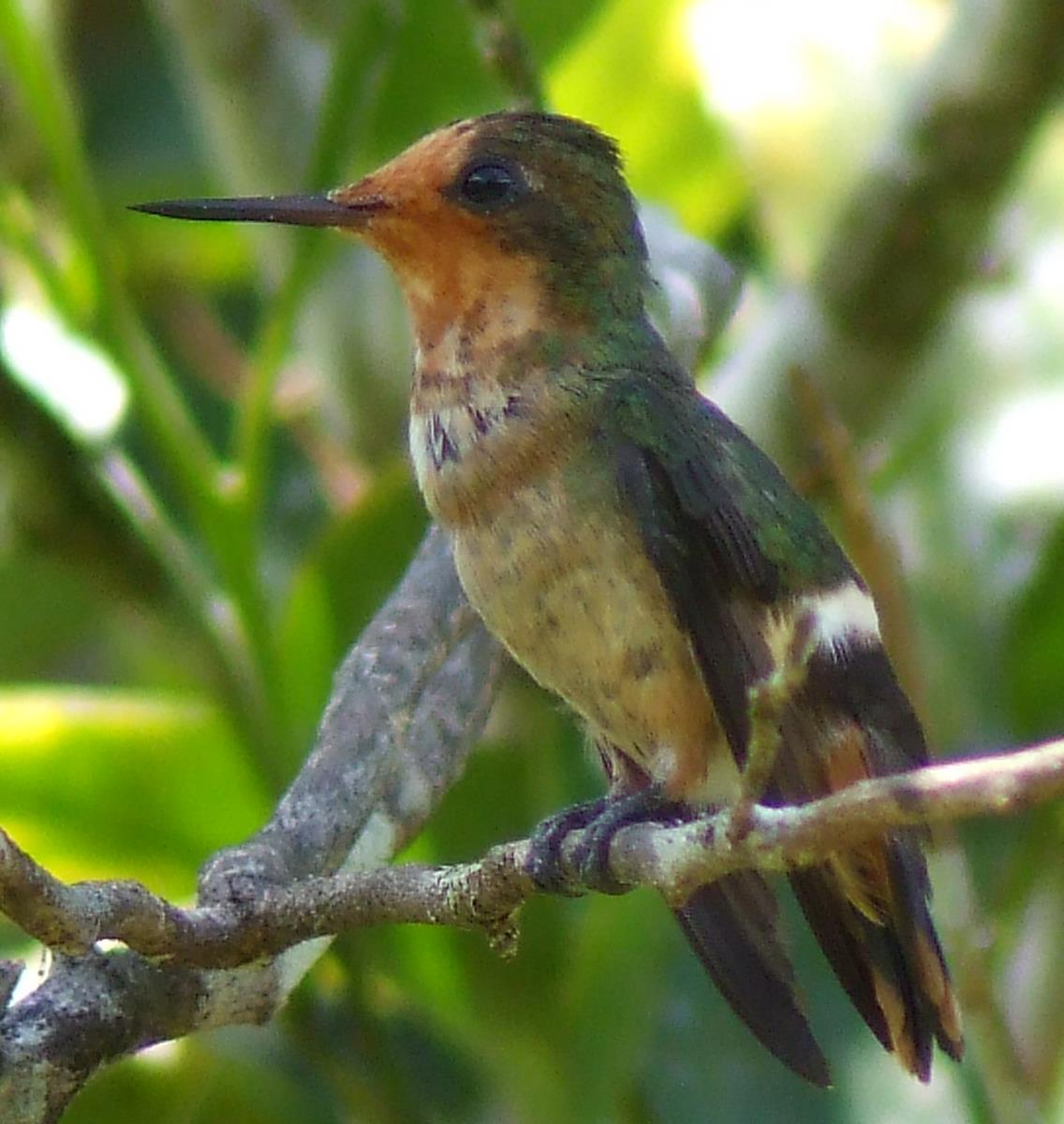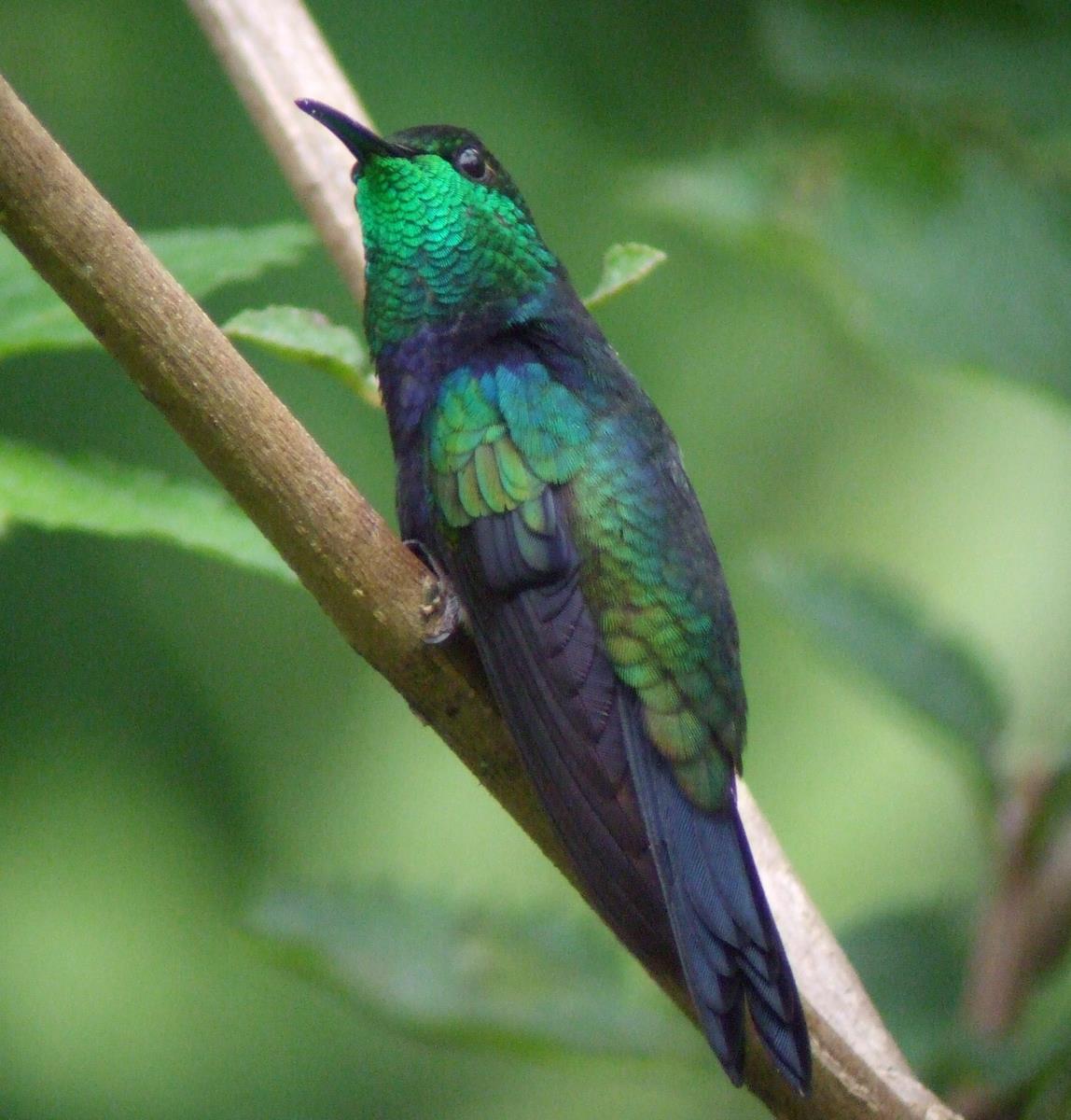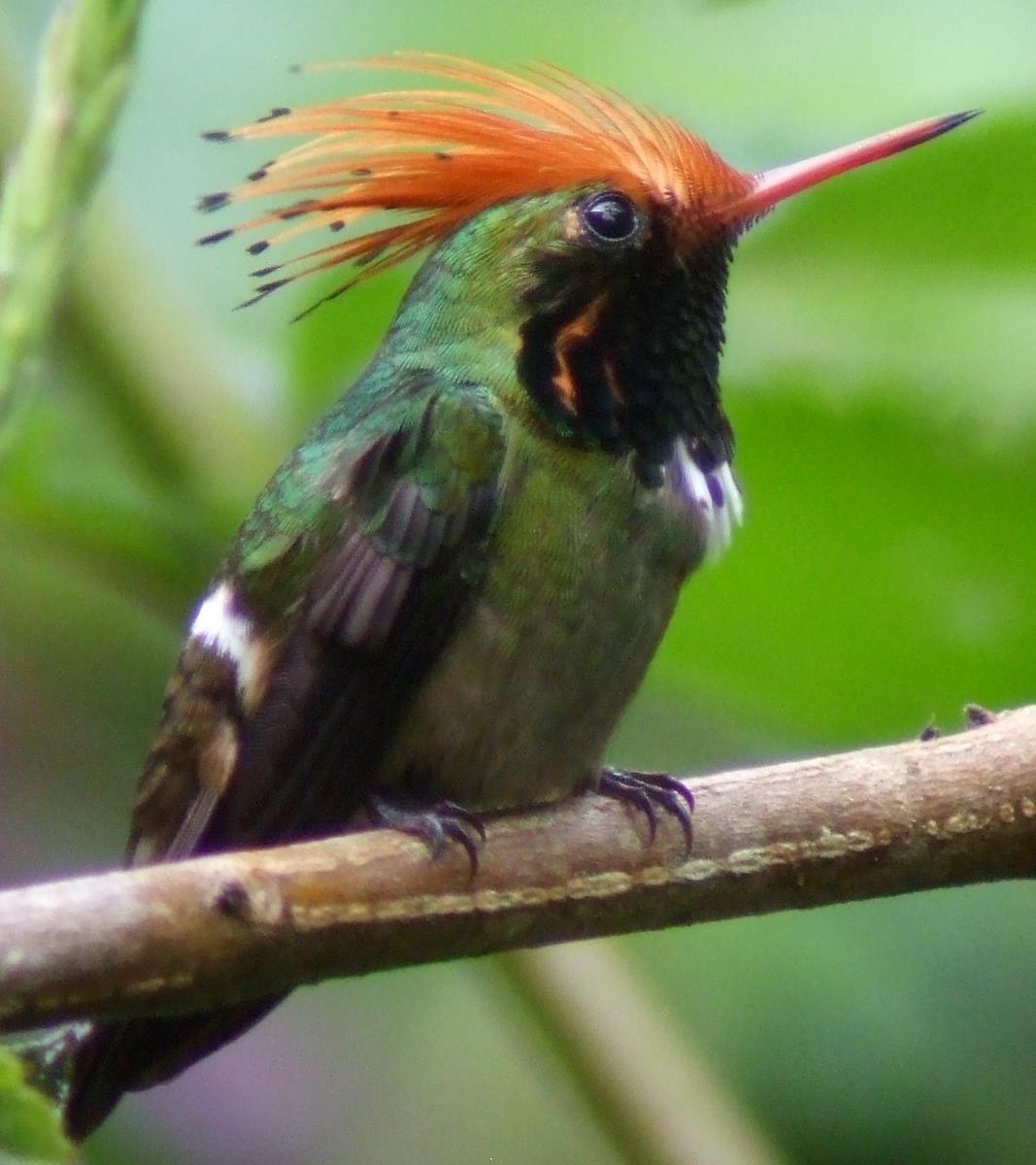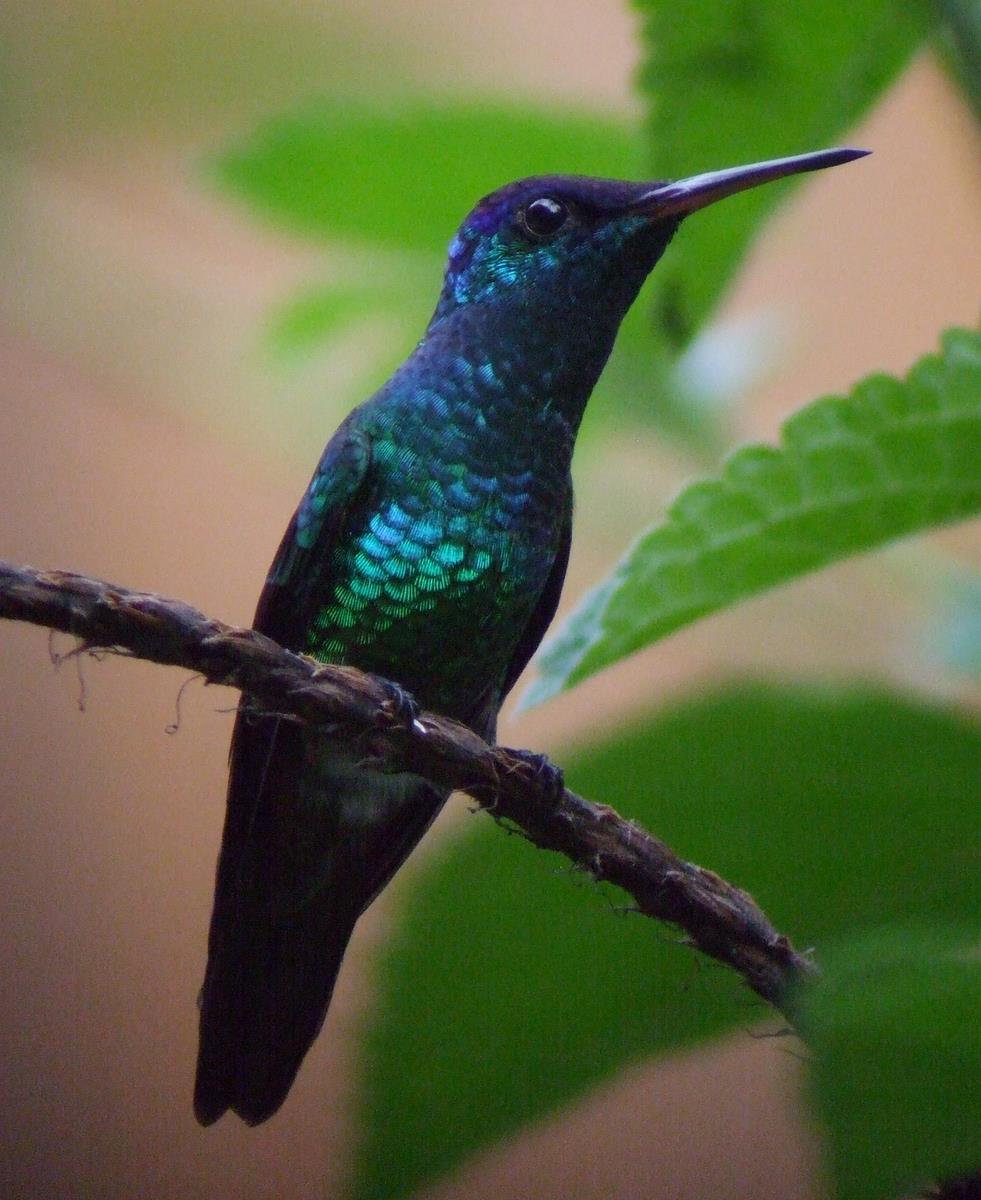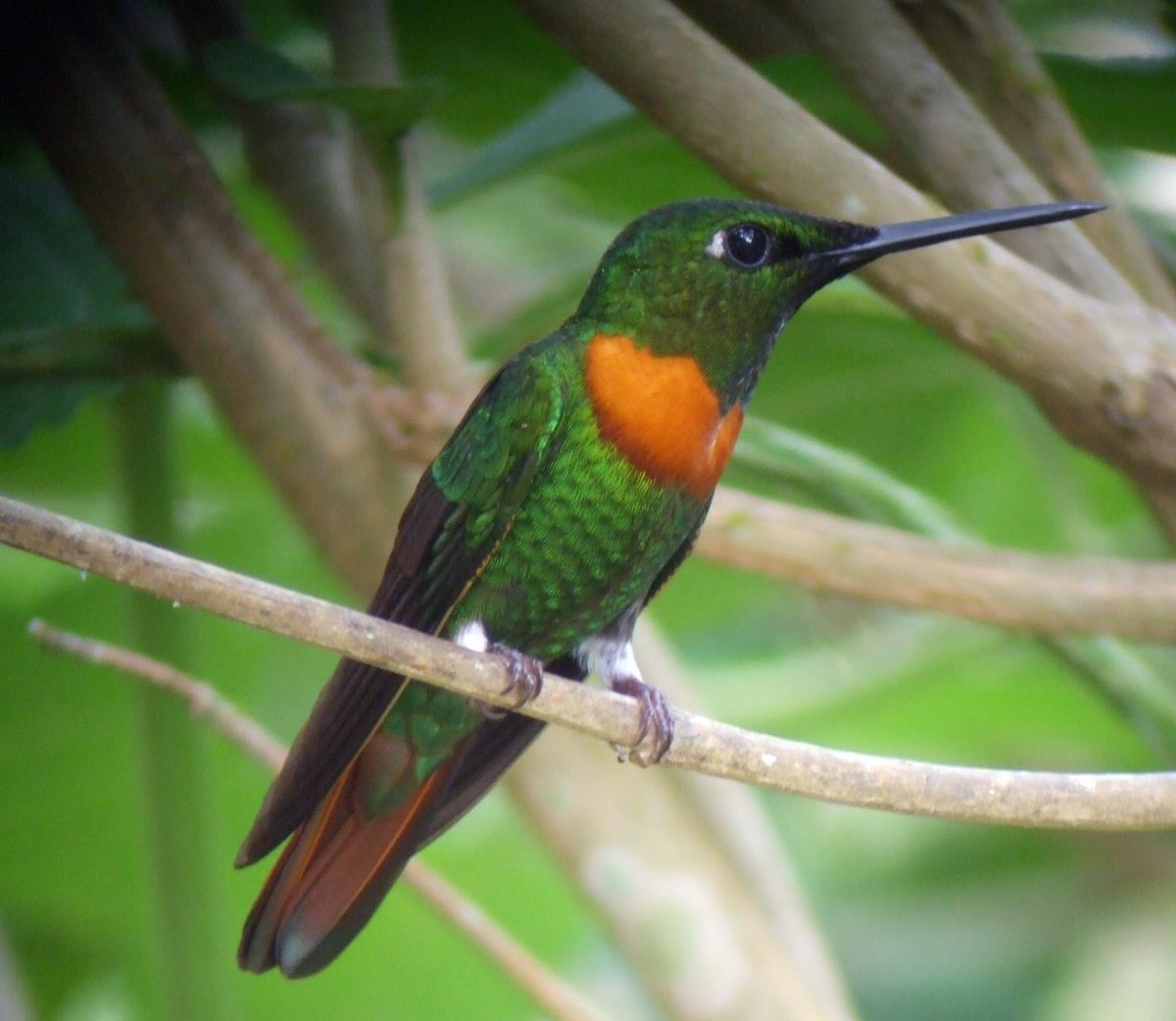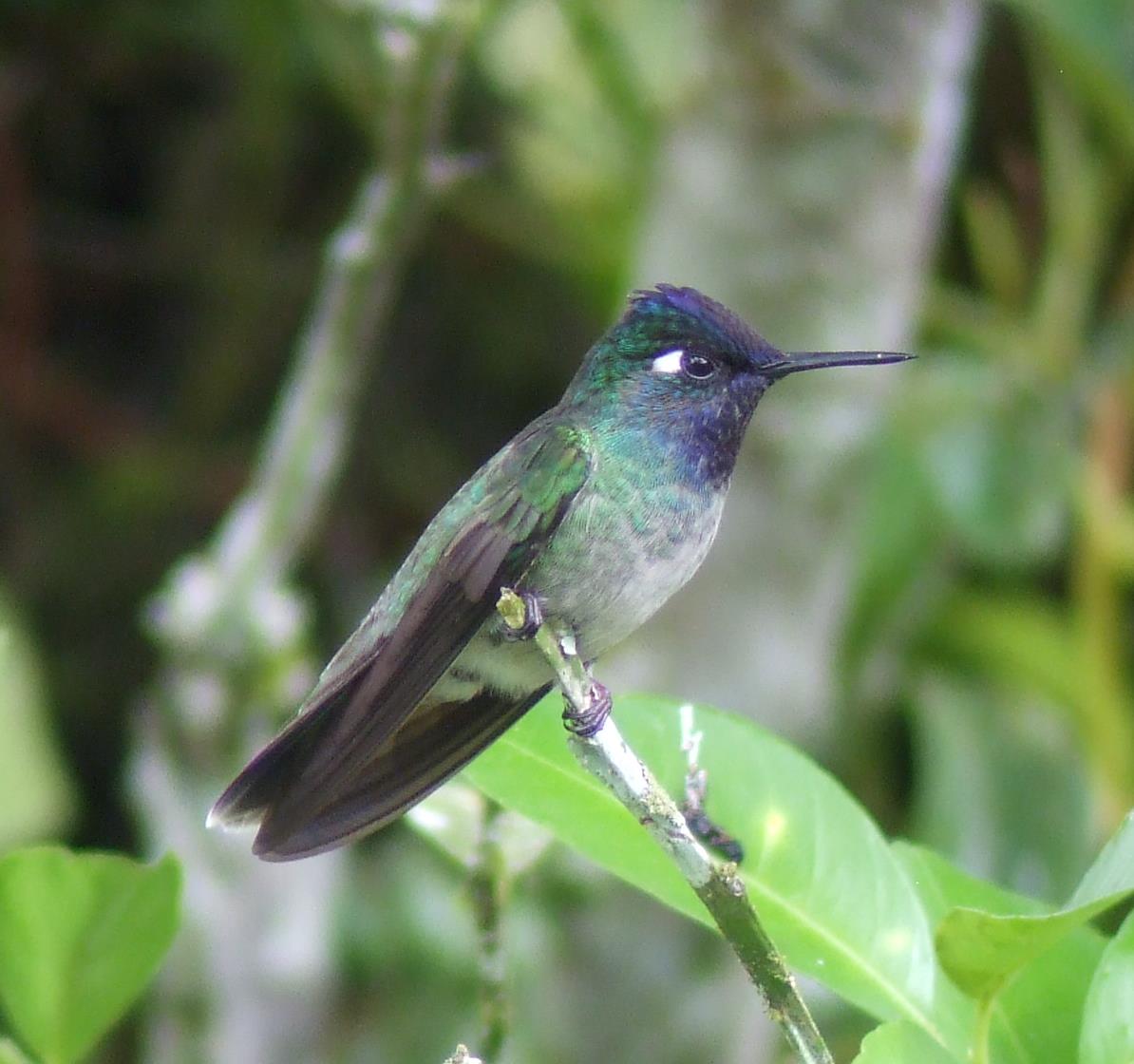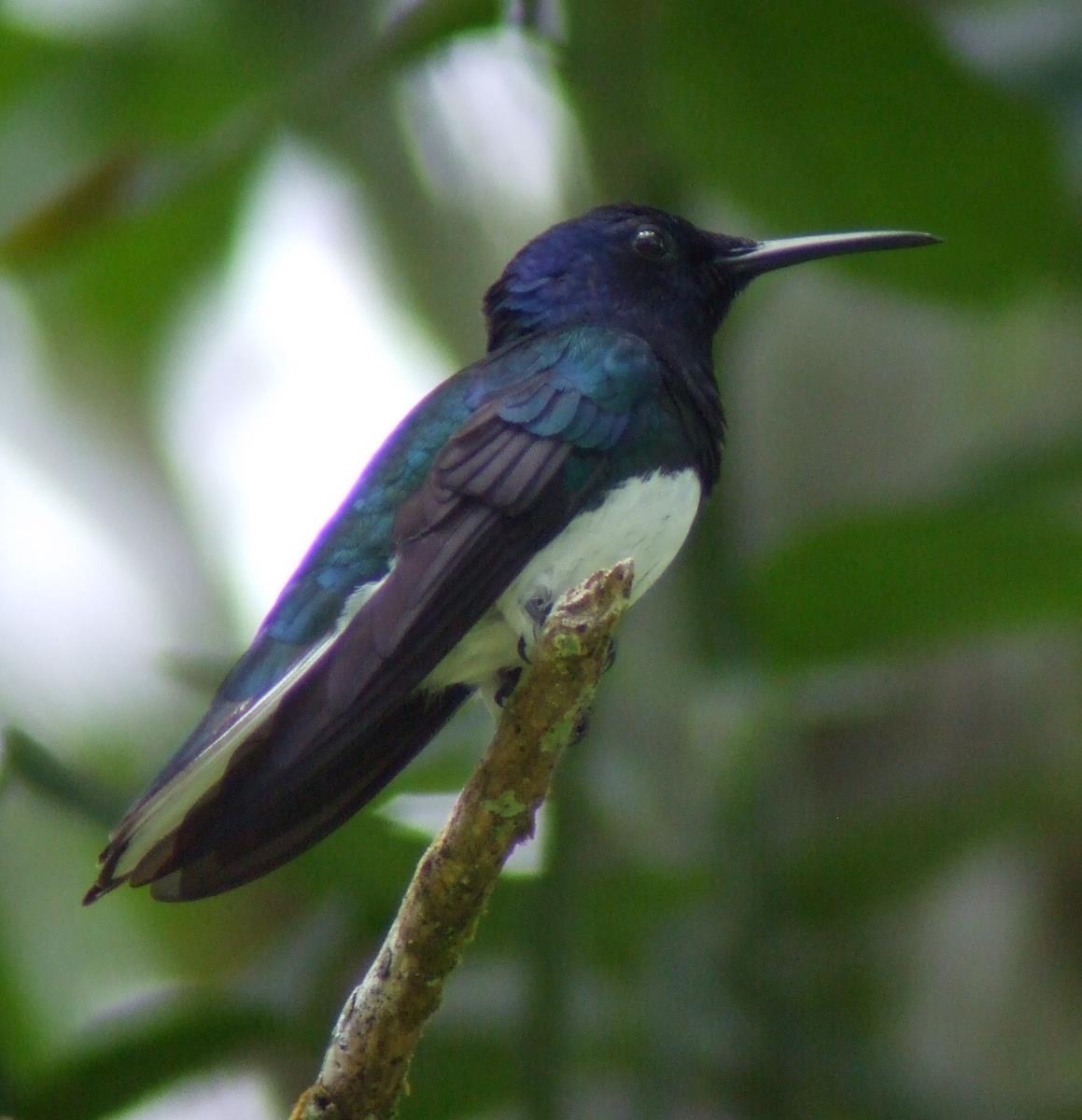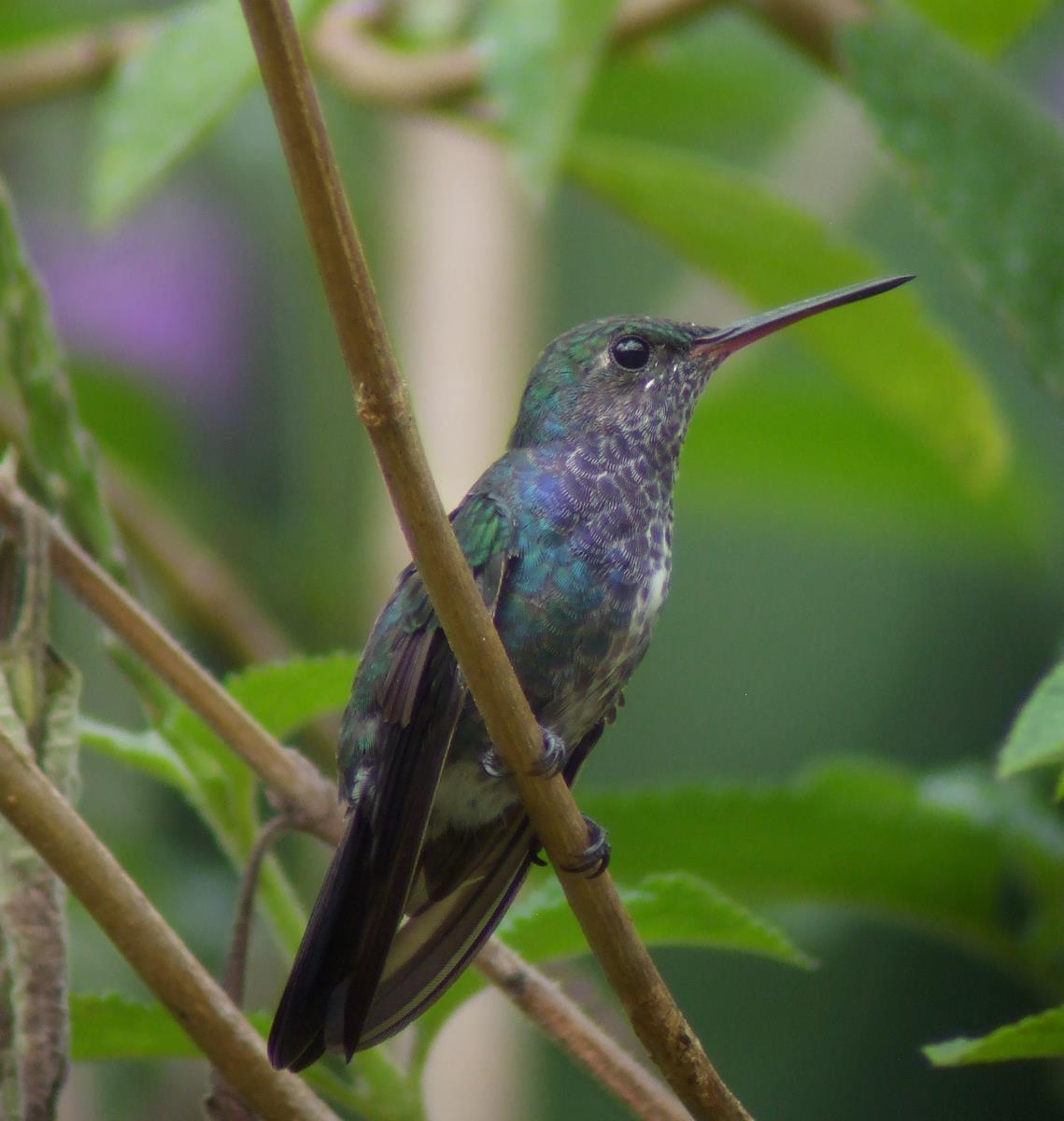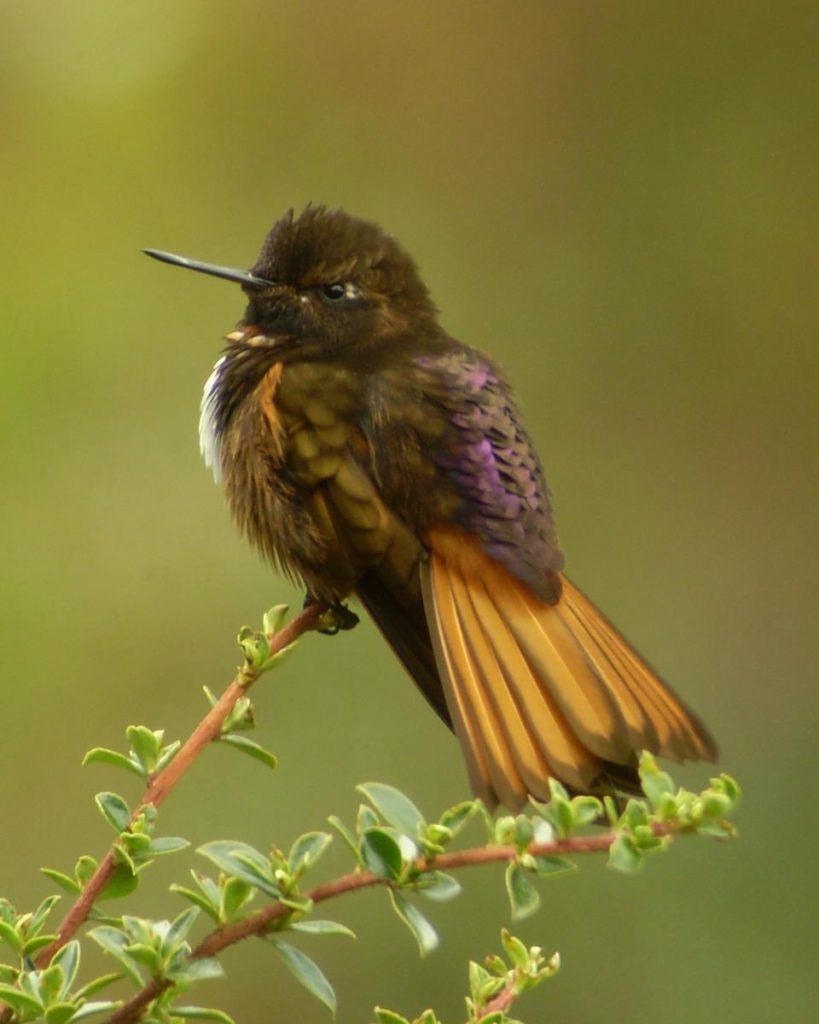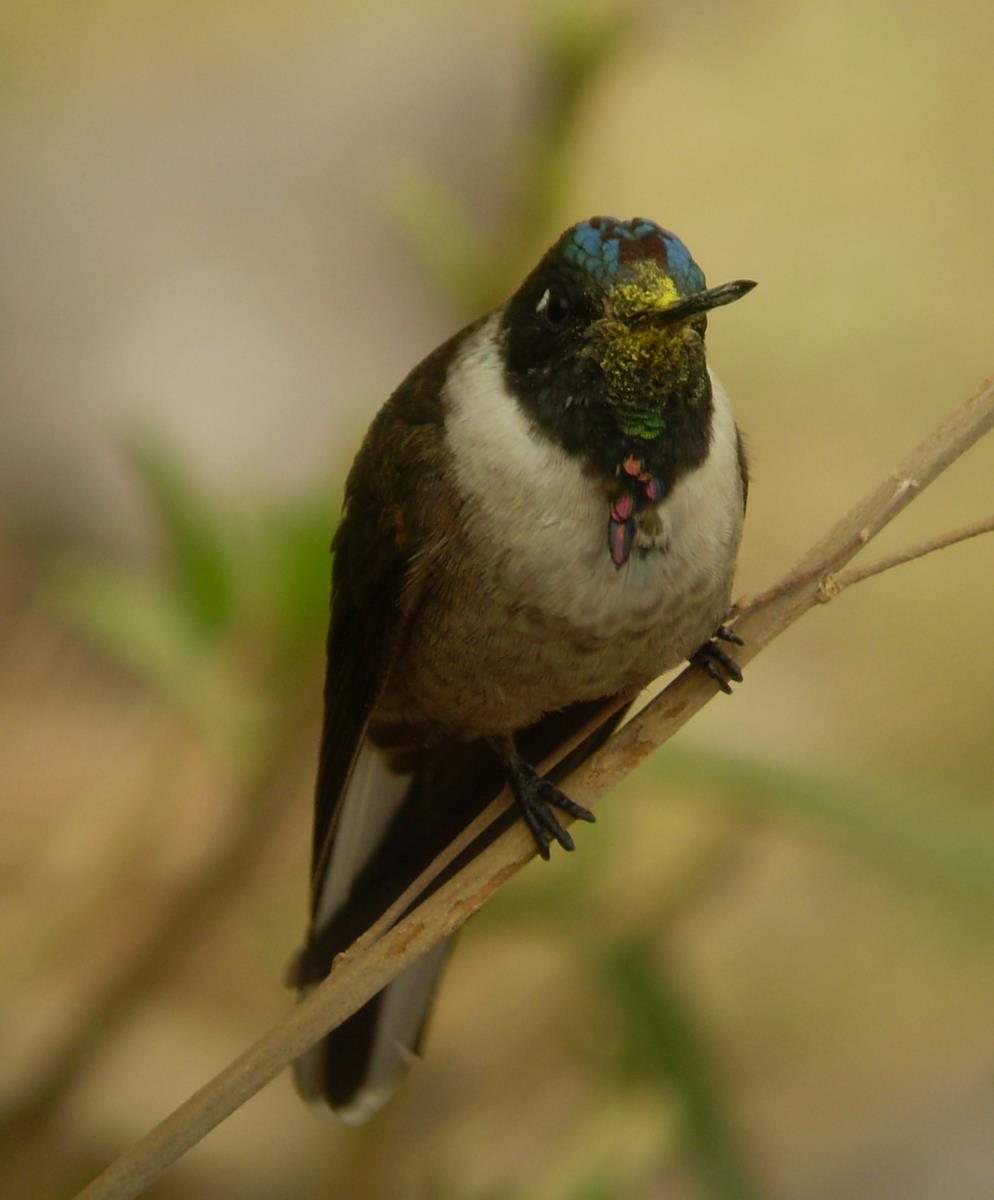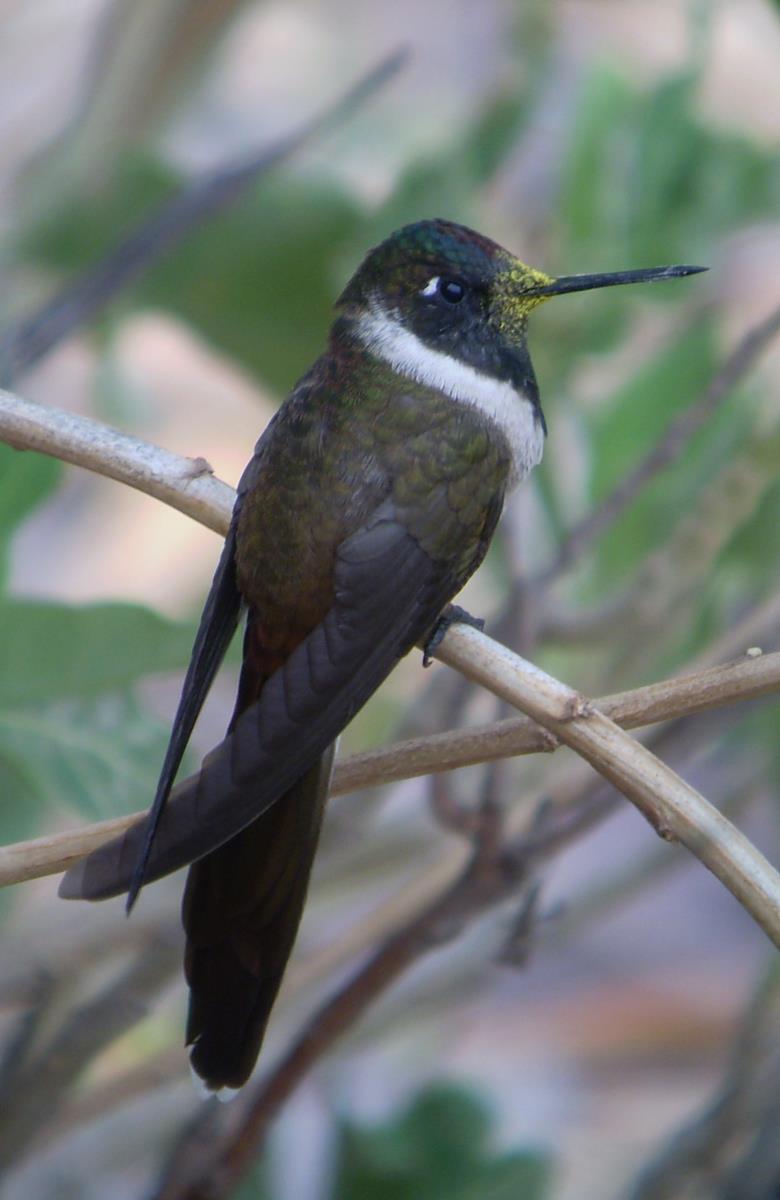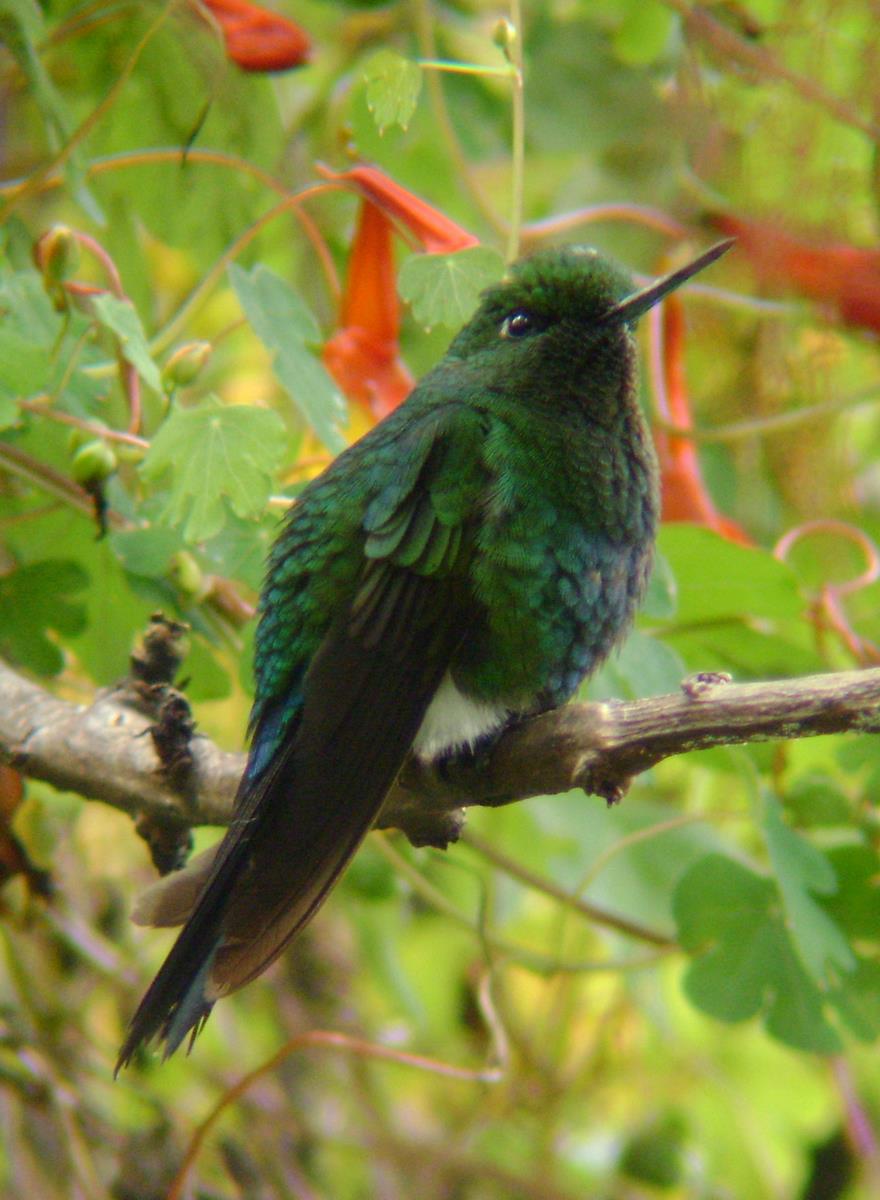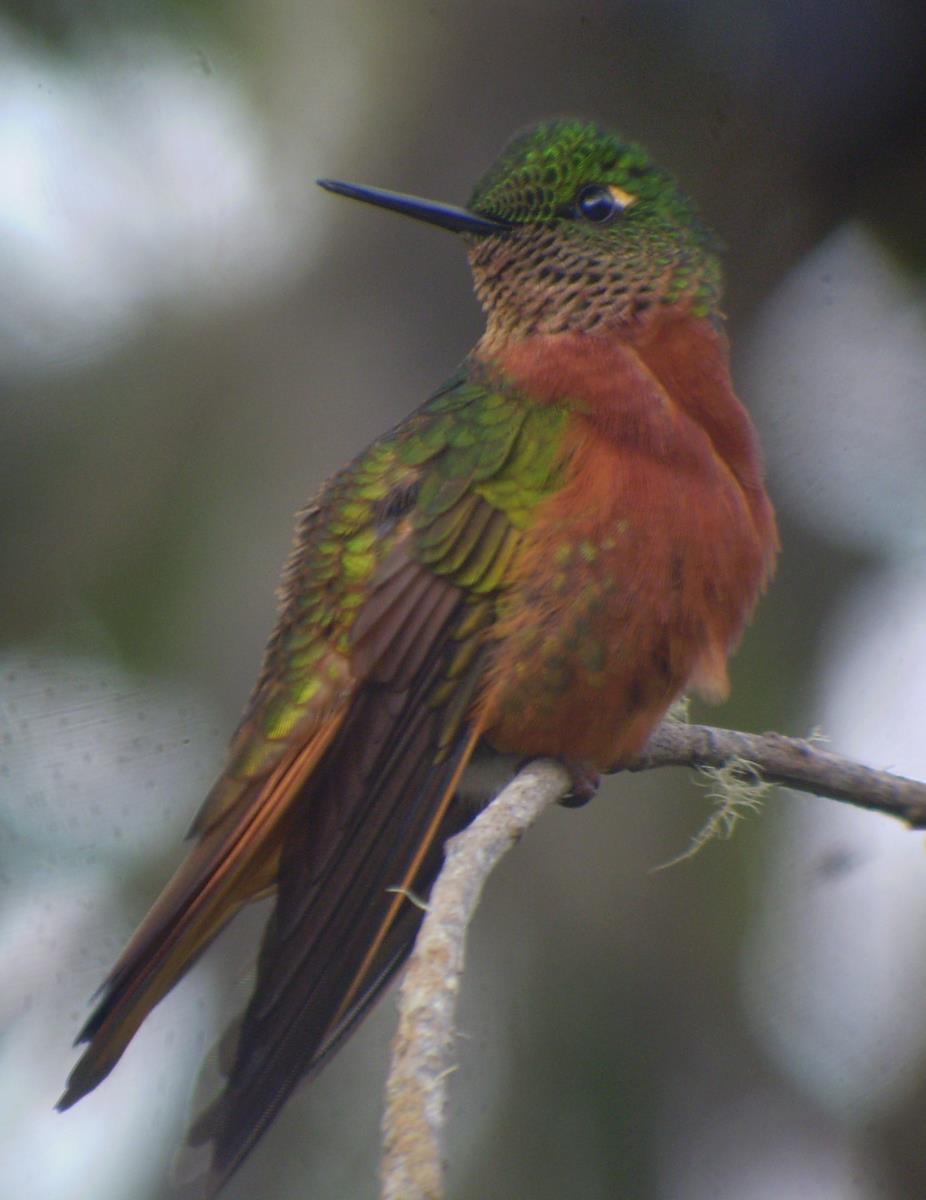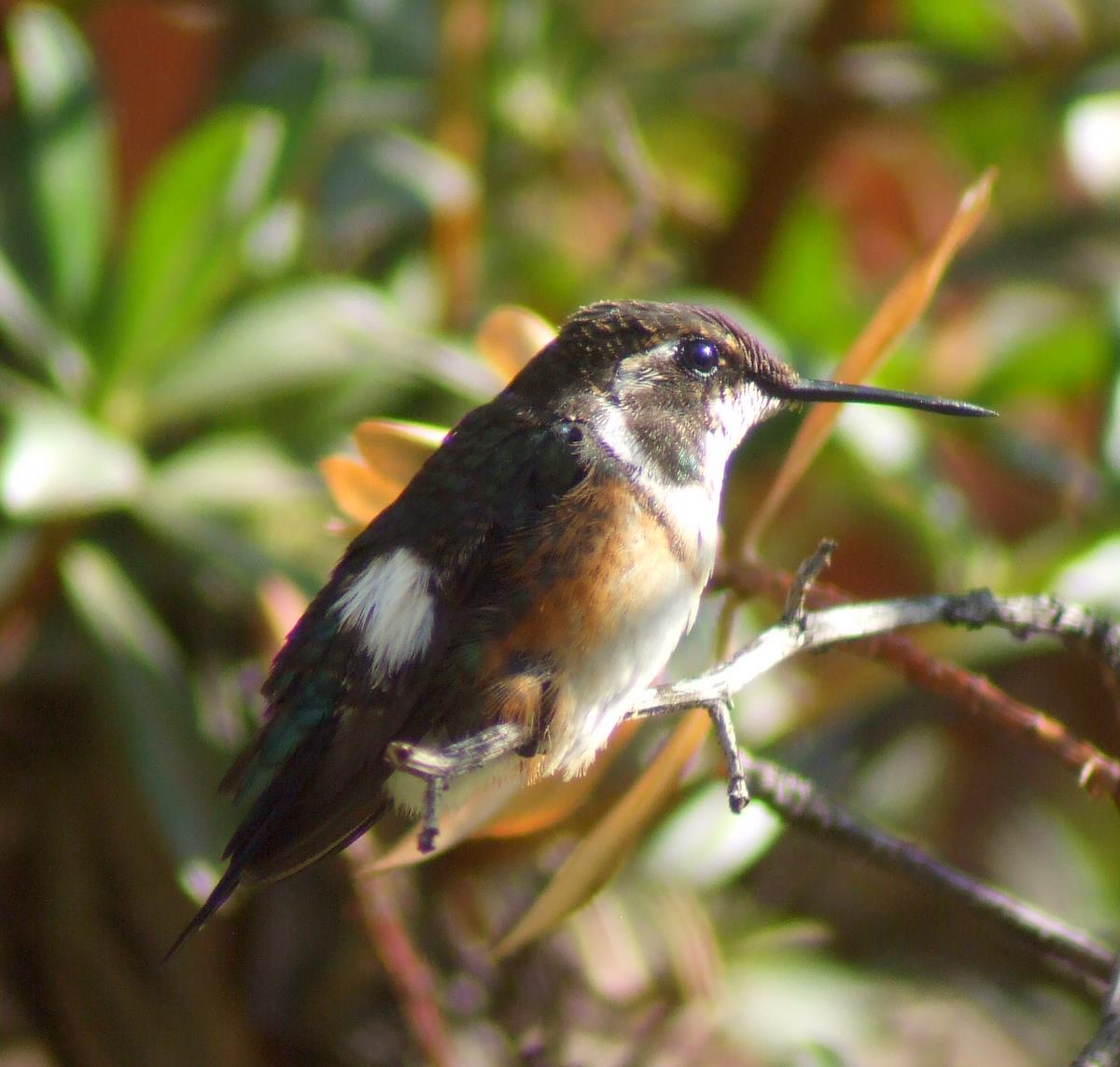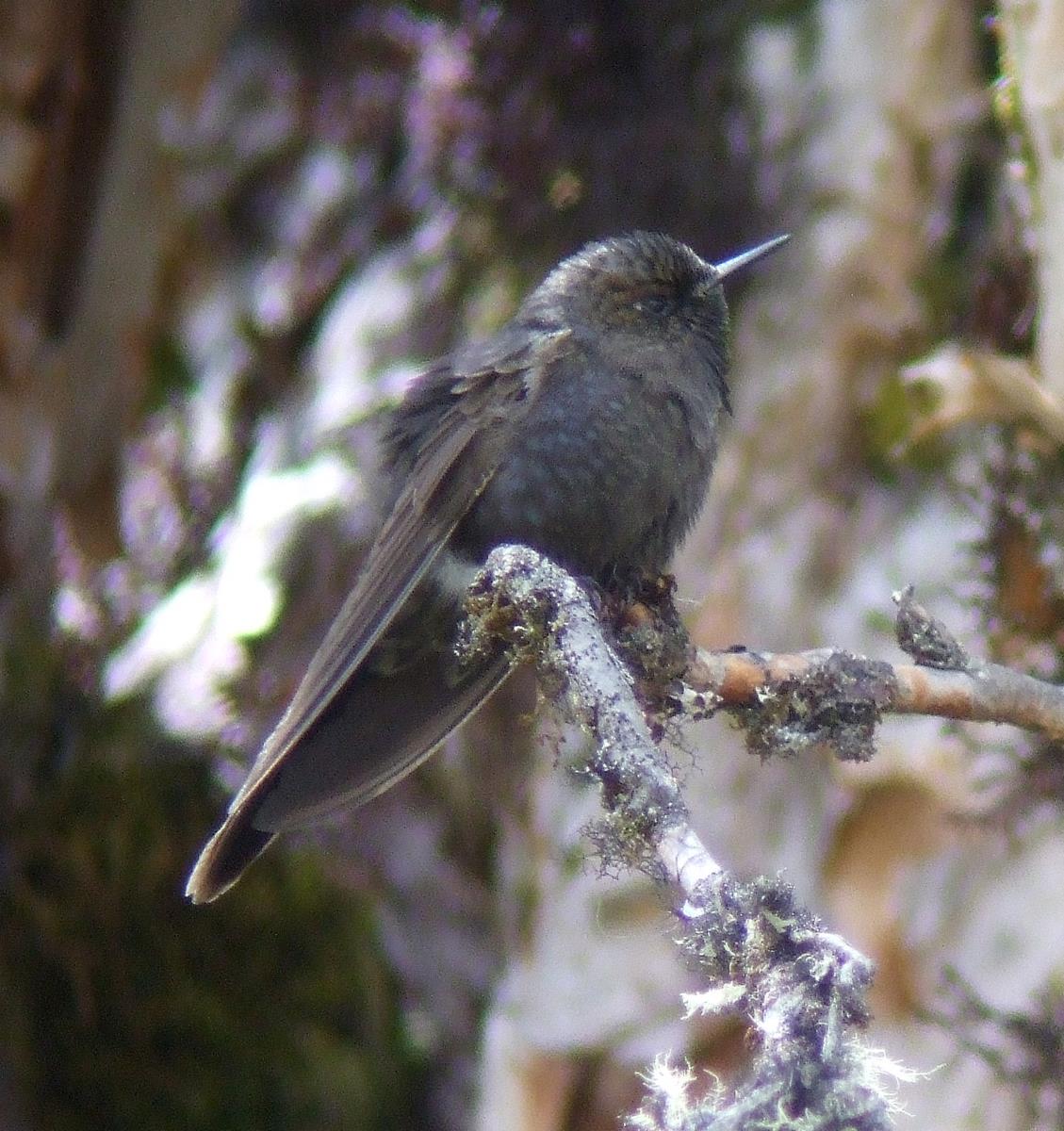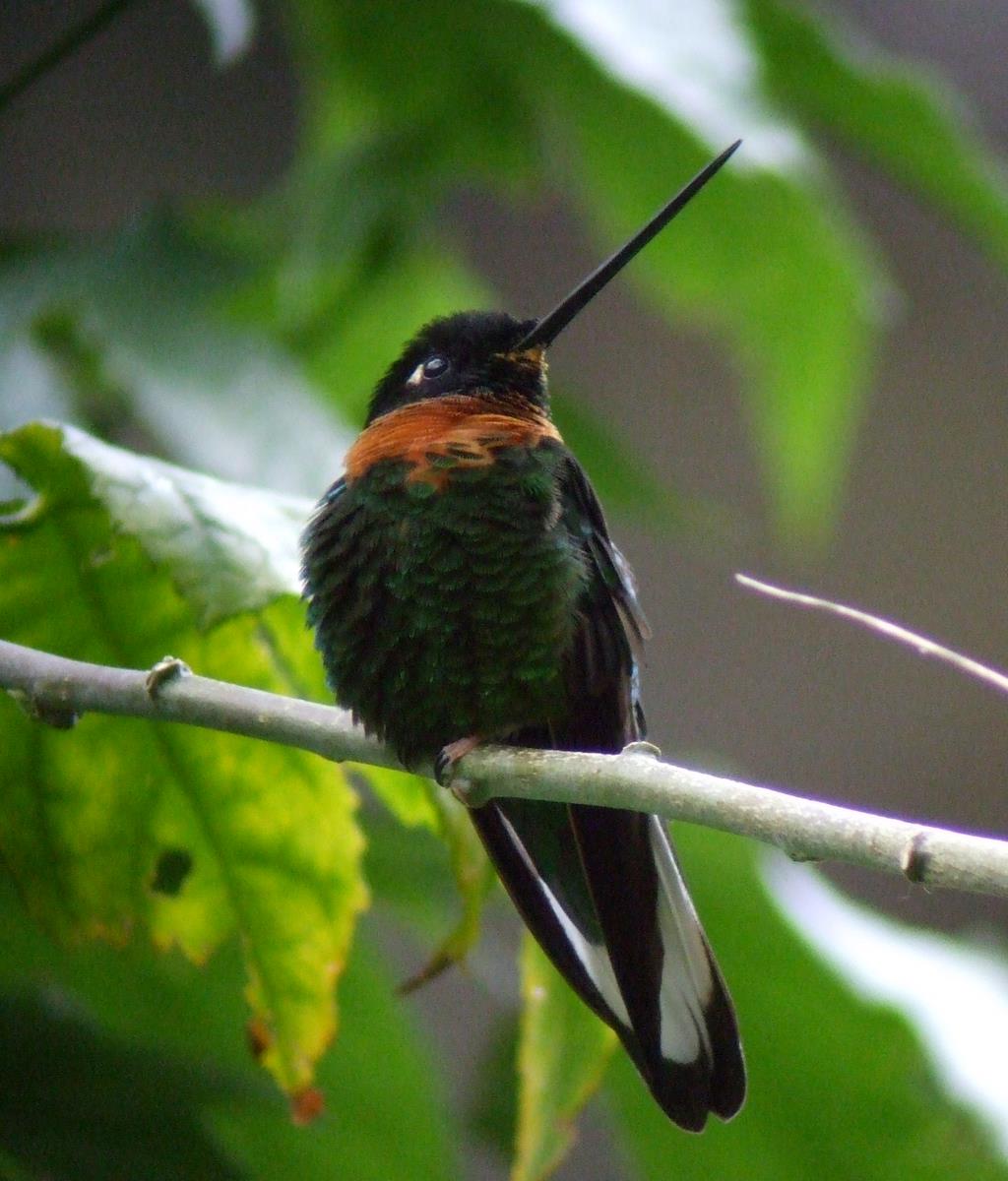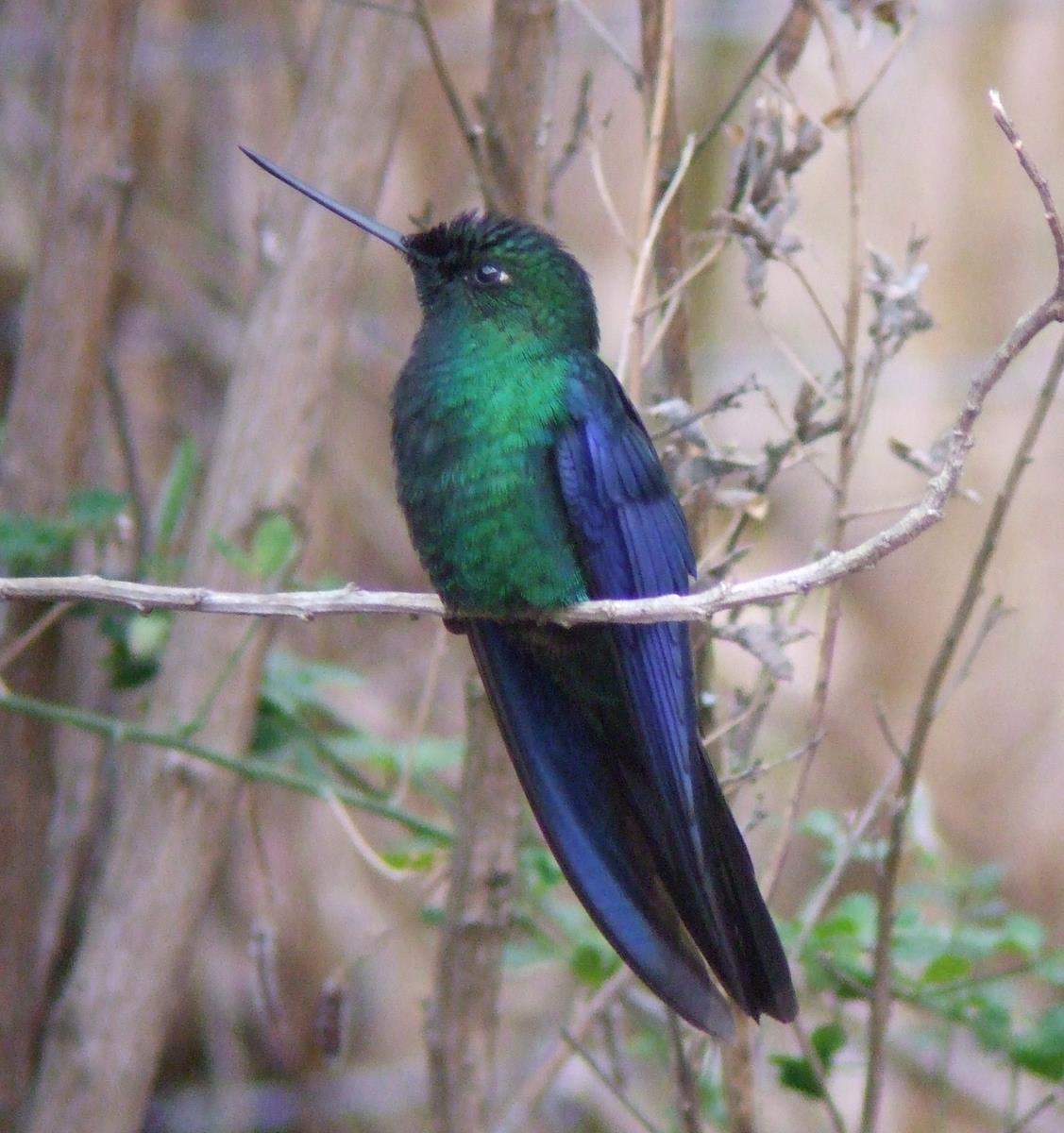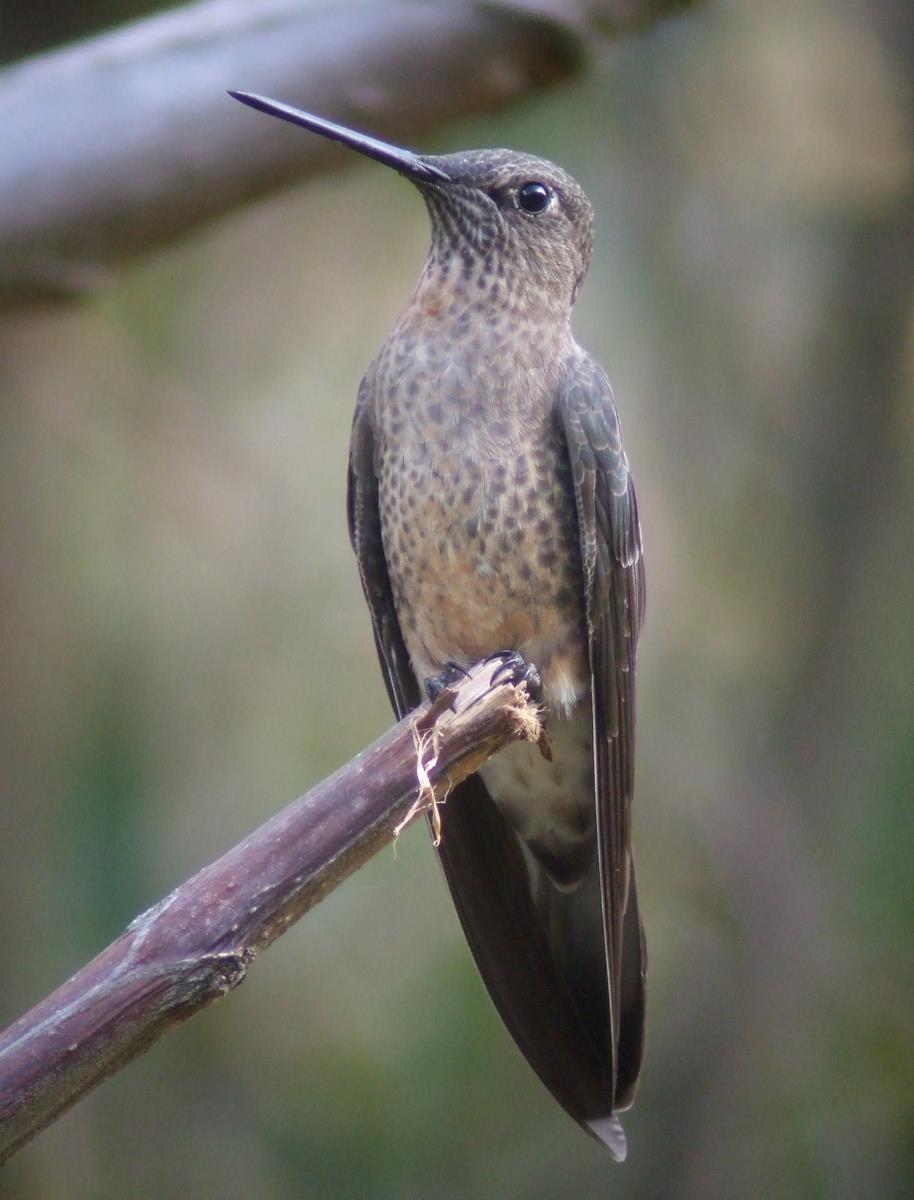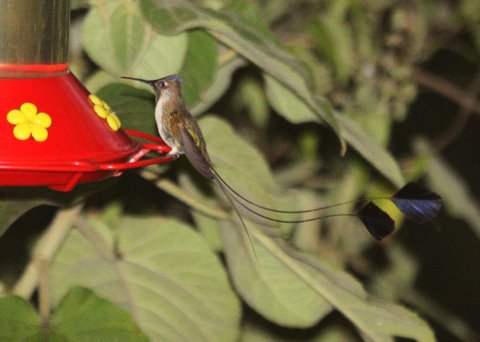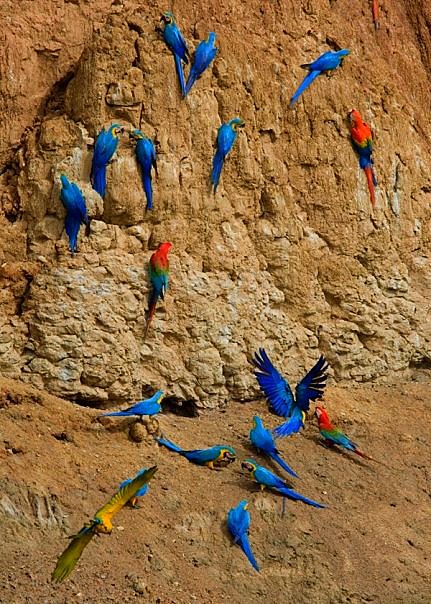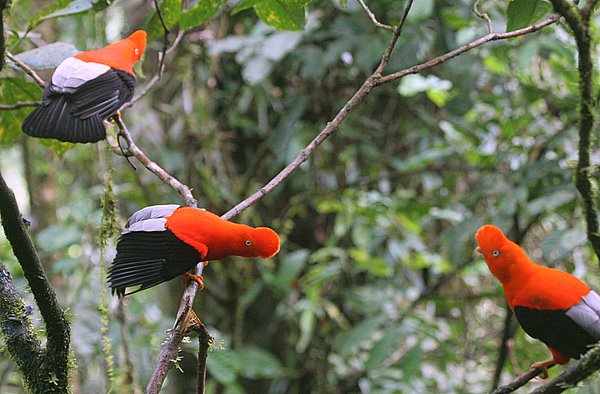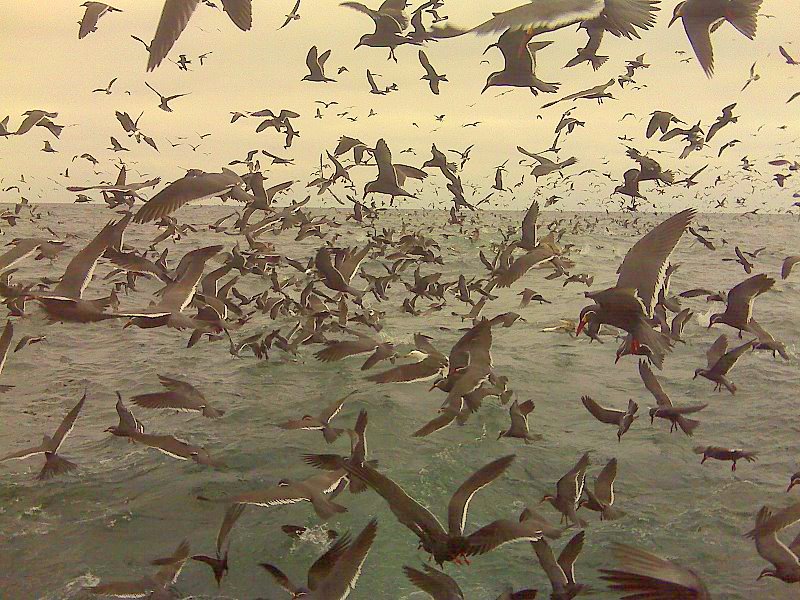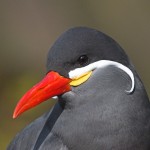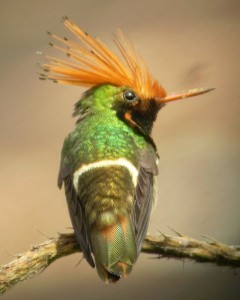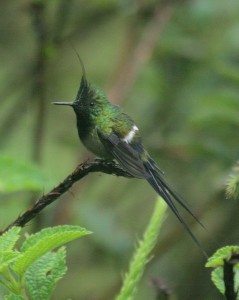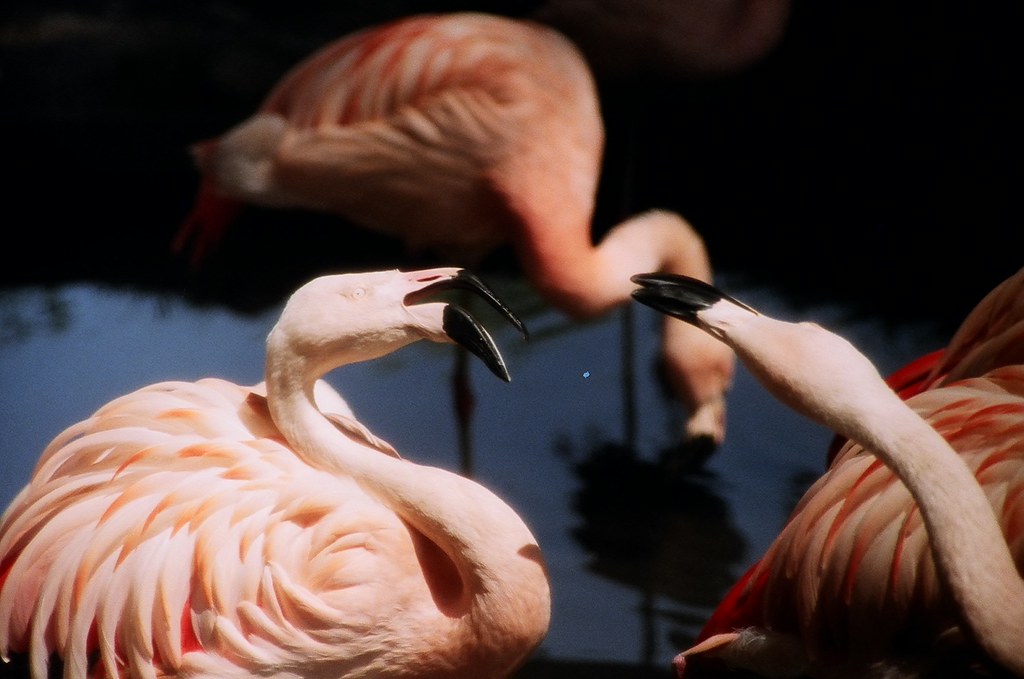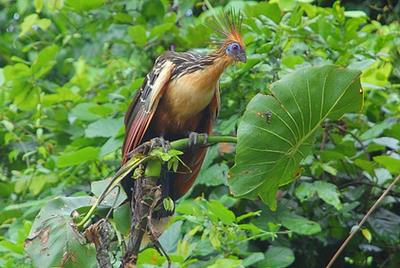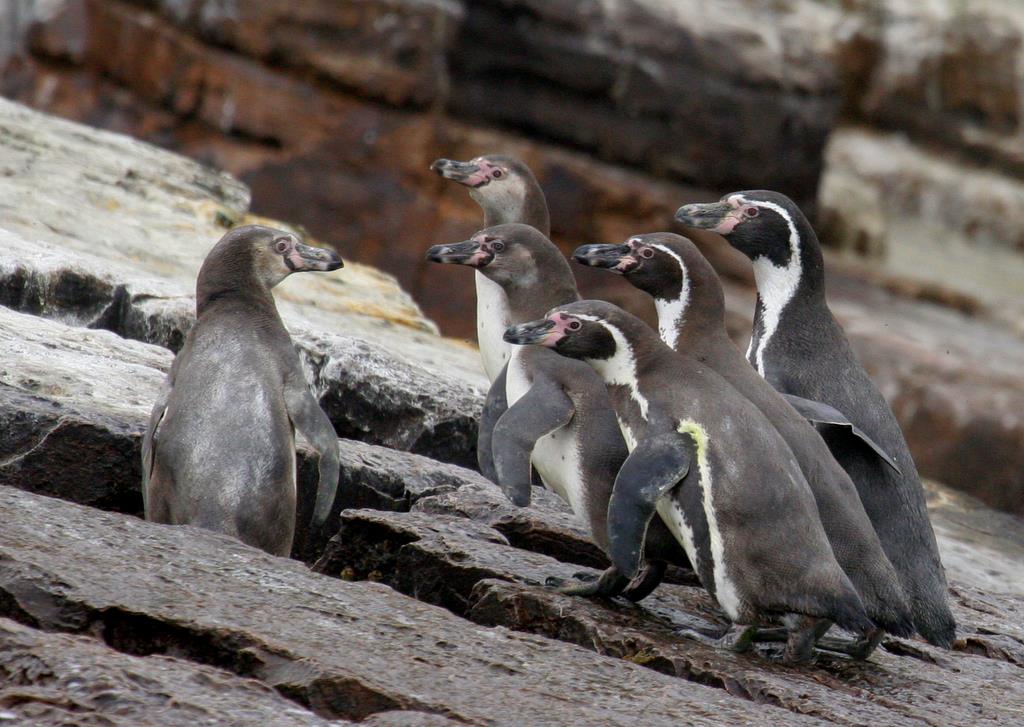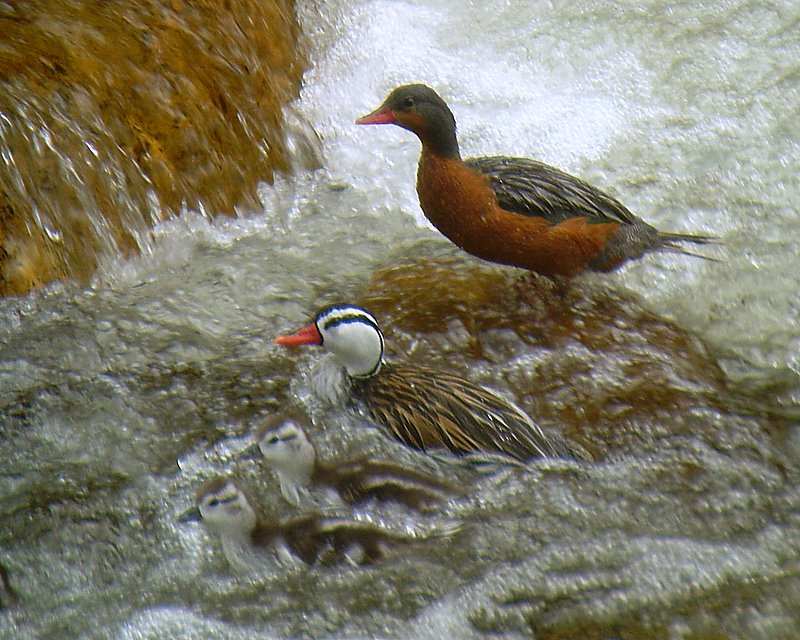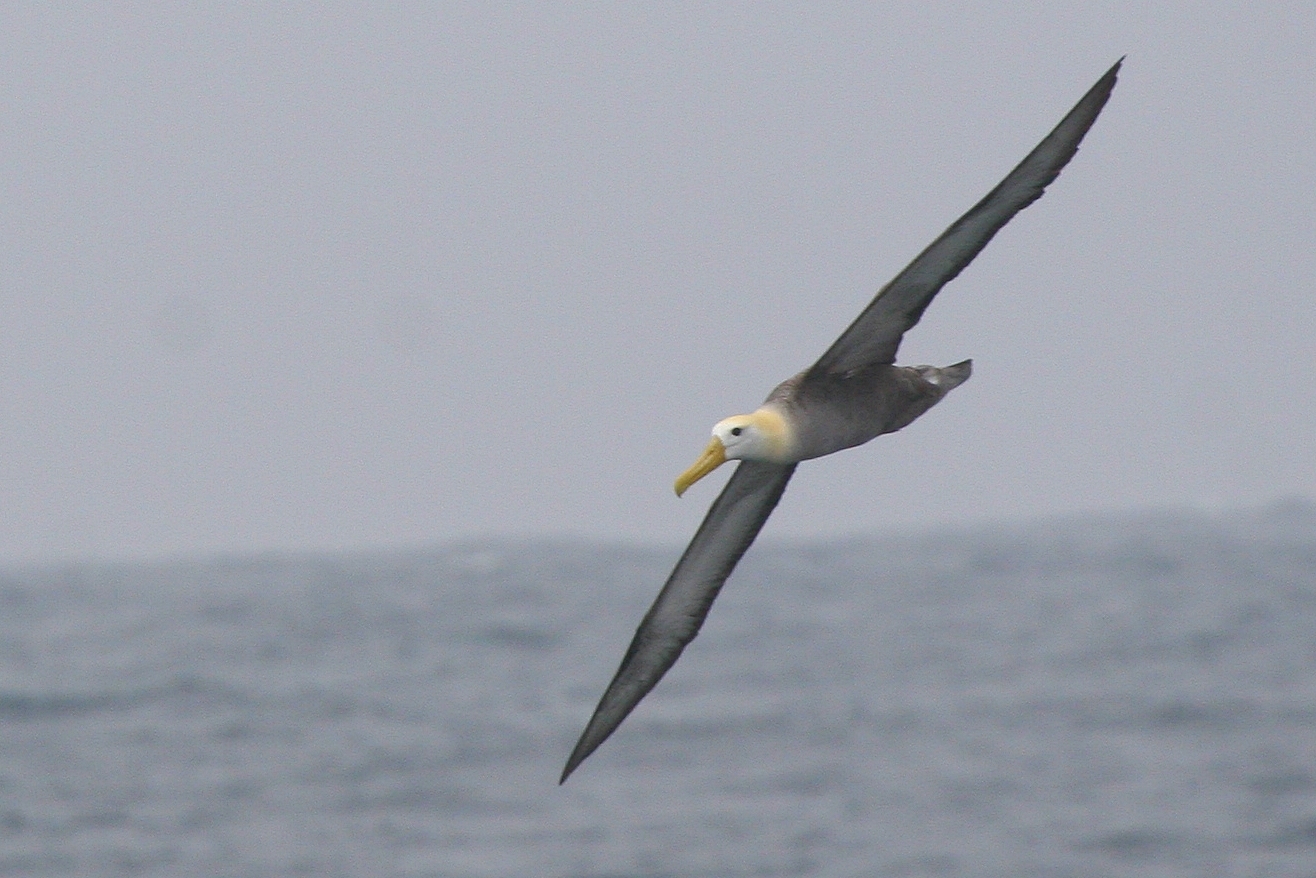More birds – North Peru
Photographer Max Waugh, who was with us on the Marvelous Spatuletail Display Tour in January 2012, actually sent me a bunch of pictures from North Peru, apart from the Marvelous Spatuletail shots I posted in the last blogpost. Additionally, Alex Durand came back from two North Peru trips practically in a row with loads of great shots. So just to remind you (hint, hint) of 17 good reasons to sign up for a North Peru trip, here is a North Peru Bird bestiary.
Sparkling Violetear Colibri coruscans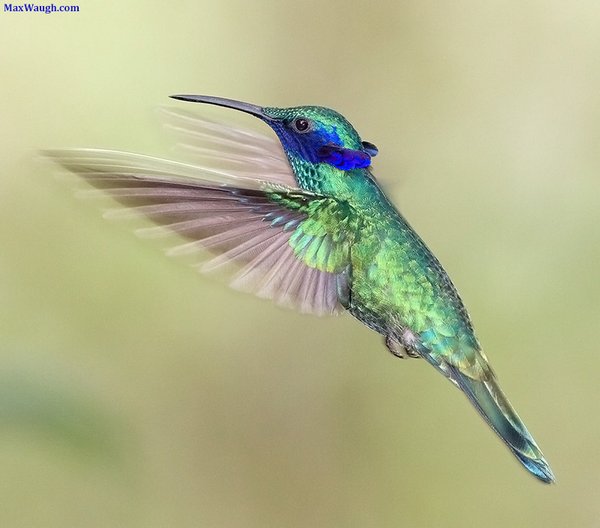
Although, the Sparkling Violetear is very common through-out the Andes, it is a magnificent and very photogenic hummer. Photo: Max Waugh.
Gray-breasted Mountain-Toucan Andigena hypoglauca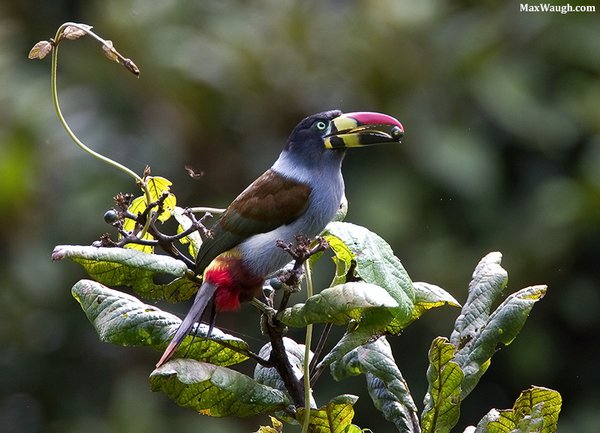
Gray-breasted Mountain-Toucan is a spectacular bird. We usually find it near Leimebamba.
Marañon Crescentchest Melanopareia maranonica
Crescentchests belongs to the Tapaculo family. They are very colorful. The Marañon Crescentchest is practically endemic to Peru, although it has recently been found across the Ecuadorian border at Zumba. It differs from Elegant Crescentchest of the West slope, which we also see on the North Peru trips, by prominent white markings in the wing and richer orange below.
Photo: Alex Durand.
West Peruvian Screech Owl Megascops roboratus pacificus
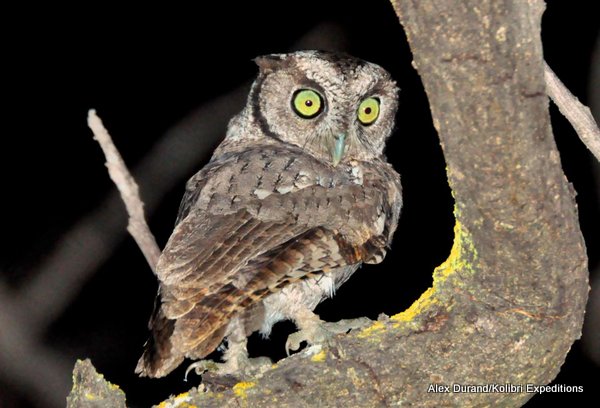
The Peruvian Screech-owl Otus roboratus consists of two subspecies roboratus of the Marañon valley and pacificus in woodlands on the Peruvian and Ecuadoran west slope of the Andes. Here is pacifcus, which is much smaller than roboratus, photographed at Chaparri Eco Lodge by Alex Durand.
Tumbes Tyrant Tumbesia salvini
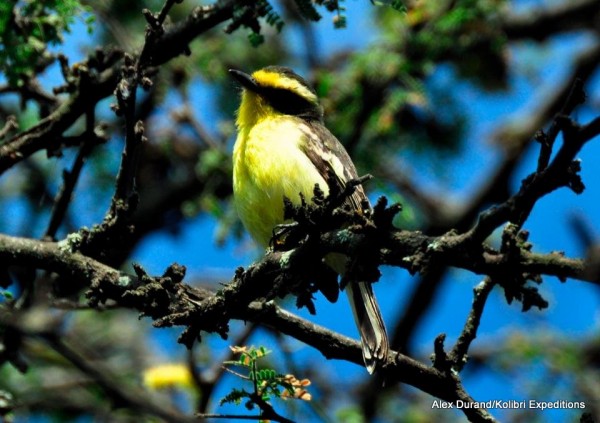
Tumbes Tyrant is a pretty and active little tyrant closely related to Chat-tyrants. It is endemic to the Tumbesian region and has only recently been recorded in Ecuador on the boarder to Peru. We often see it at Chaparri or the White-winged Guan site called Quebrada Frejolillo. Photo: Alex Durand.
Emerald Toucanet Aulacorhynchus prasinus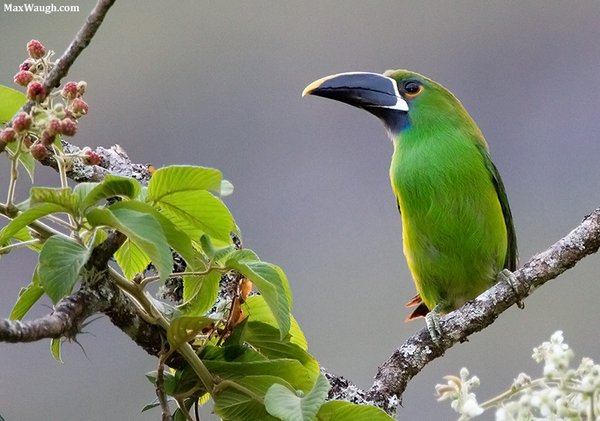
Emerald Toucanet is sometimes regarded as 7 species The form in Peru belongs to Black-throated Toucanet Aulacorhynchus (prasinus) atrogularis. Photo by Max Waugh.
Purple-throated Sunangel Heliangelus viola.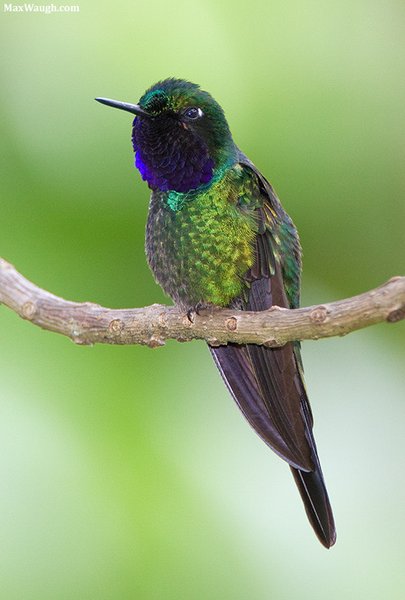
Purple-throated Sunangel is another lovely hummingbird from North Peru. Perhaps it is easiest to see in Leimebamba at the feeders of KentiKafé. But it can also be seen around Pomacochas. Photo: Max Waugh.
Golden-tailed Sapphire Chrysuronia oenone. 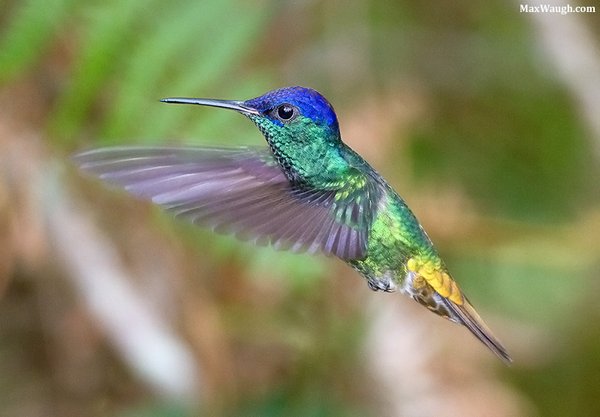
This beautiful Golden-tailed Sapphire is photographed at Wakanqui near Moyobamba. Up to 18 species of Hummingbirds visit the feeders. It is truly spectacular. Photo: Max Waugh.
Ecuadorian Piculet Picumnis sclateri.
Piculets are diminutive small woodpeckers. And they are cute! North Peru has 3 species which are regularly seen, but sometimes hard to photograph. Alex Durand manage to photograph all three. Here is the Ecuadorian Piculet which we usually see at the White-winged Guan spot near Olmos.
Speckle-chested Piculet Picumnis steindachneri 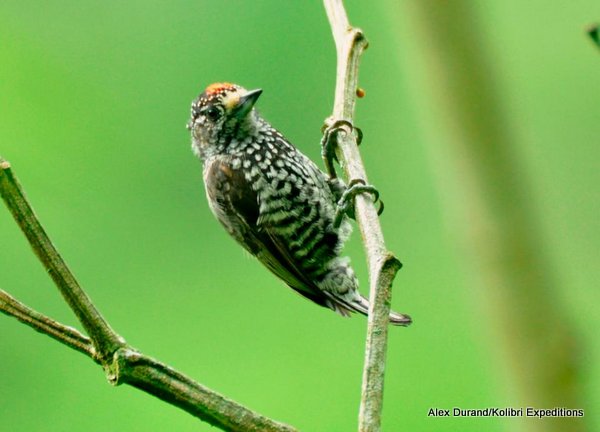
The Speckle-chested Piculet has a very small range. It is endemic to Amazonas and San Martin departments in Peru. It is often seen at Afluentes near Abra Patricia, but it seems even more common along the Utcubamba river between Pedro Ruiz and Leimebamba. Here are photos of both male and female. Photos: Alex Durand.
Lafresnaye’s Piculet Picumnis lafresnayi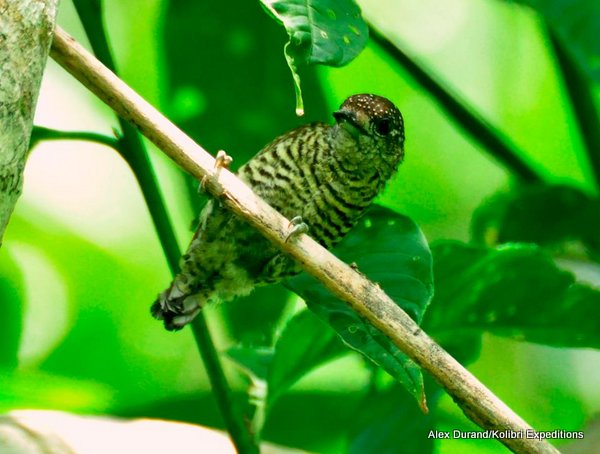
Lafresnaye’s Piculet can be found near Tarapoto. It is a lowland piculet and is quite common in the northern Amazon. Photo: Alex Durand.
Golden-headed Quetzal Pharomachrus auriceps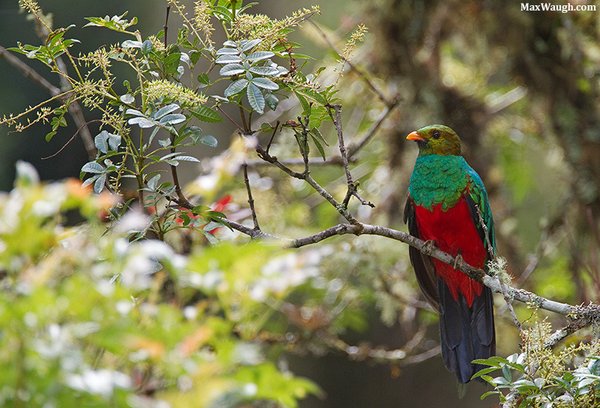
Some non-birders find it a bit surprising that there are Quetzals also in South America. They are just not Resplendent like in Costa Rica. There are three species in Peru. Two in the highlands and one in the lowland. Of the highland ones, the Golden-headed Quetzal is the most common. Photo: Max Waugh.
White-necked Jacobin Florisuga melivora.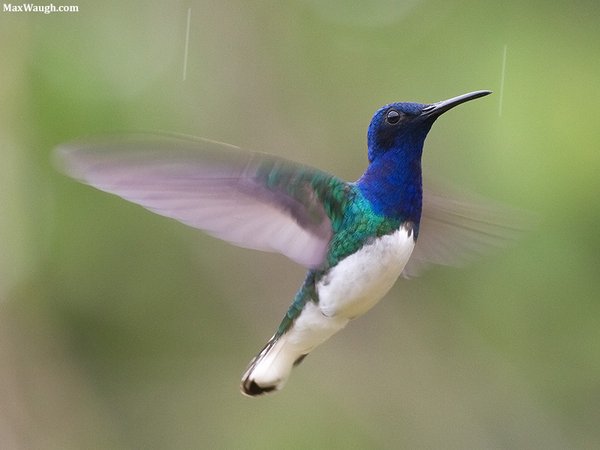
White-necked Jacobin is a quite common Hummingbird in many parts of South America. It is nonetheless still a splendid species. This shot was taken at Wakanqui near Moyobamba. Photo: Max Waugh.
Pale-billed Antpitta Grallaria carrikeri.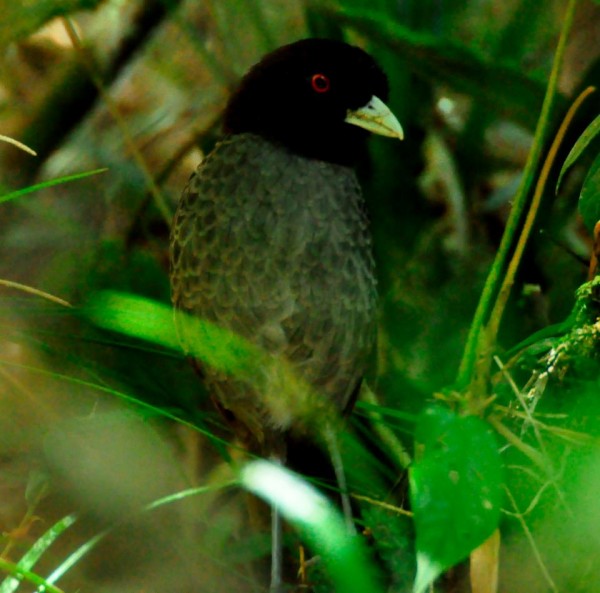
Pale-billed Antpitta is perhaps one of the most enigmatic Antpittas in Peru. It used to be very difficult. Now however it is staked out above on Rio Chido headland near San Lorenzo – not far from Pomacochas. It lives in dense Chusquea bamboo patches. Photo: Alex Durand.
Lulu’s Tody-Flycatcher Poecilotriccus luluae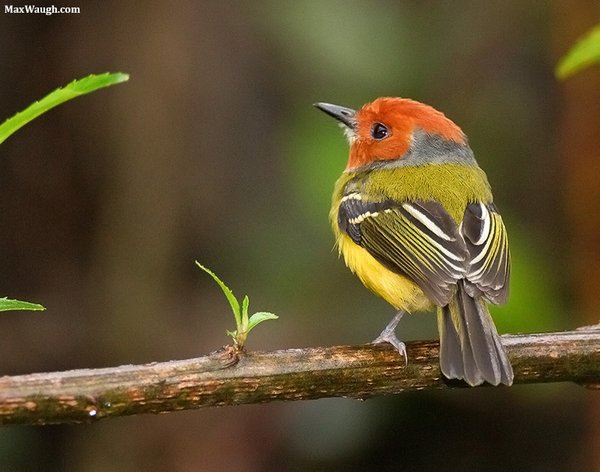
Beautiful little bird endemic to the dense scrub around Abra Patricia. It takes some time and patience to see it, but it responds well to playback. It is also known as Johnson’s Tody-Flycatcher. Photo: Max Waugh
Long-whiskered Owlet Xenoglaux loweryi.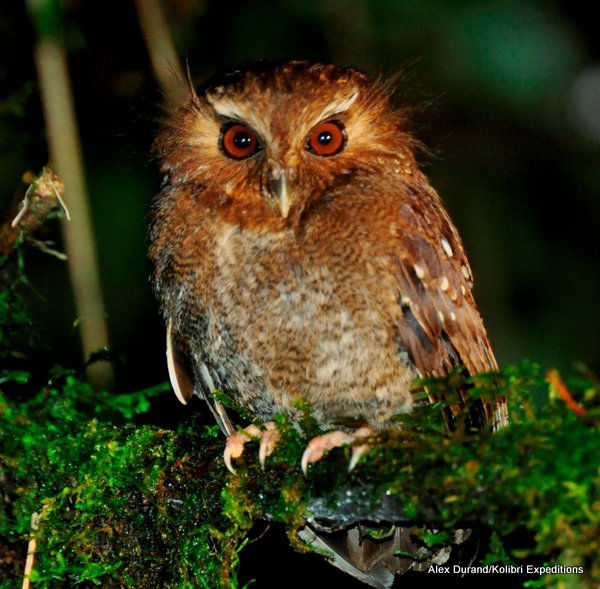
Perhaps the most spectacular and the most enigmatic of all South American Owls. This was a bird which after its discovery in the seventies was not seen in the field by birders until 2007. Now it is regularly seen at the Owlet Lodge at Abra Patricia. Photo: Alex Durand.
If you liked this post, don’t forget to subscribe to my feed above or our newsletter. And I love comments.
Please feel free to share the posts via email, or on Facebook, Google plus and Twitter. Check the sharing options below.
Happy New Year!
Gunnar Engblom
Connect with Gunnar on Facebook or Twitter or kolibriexp@gmail.com


